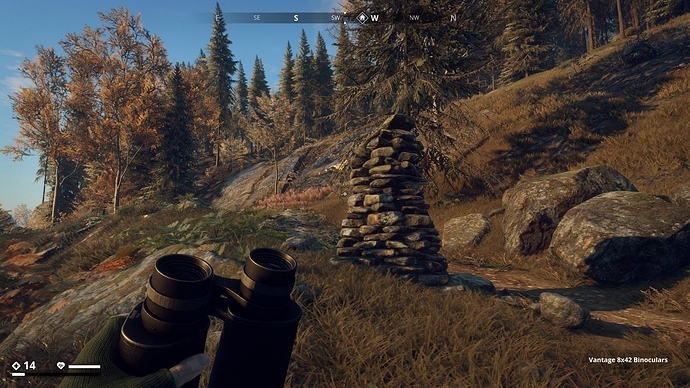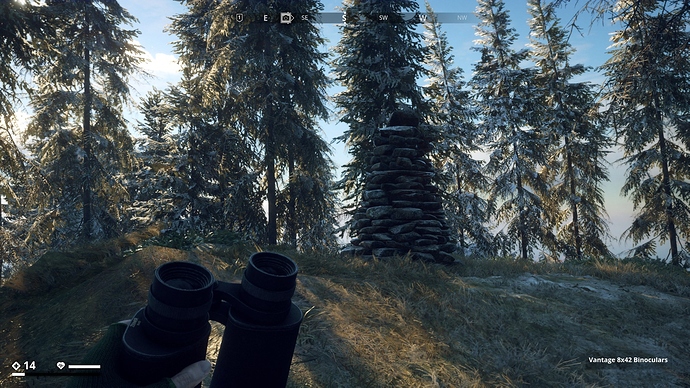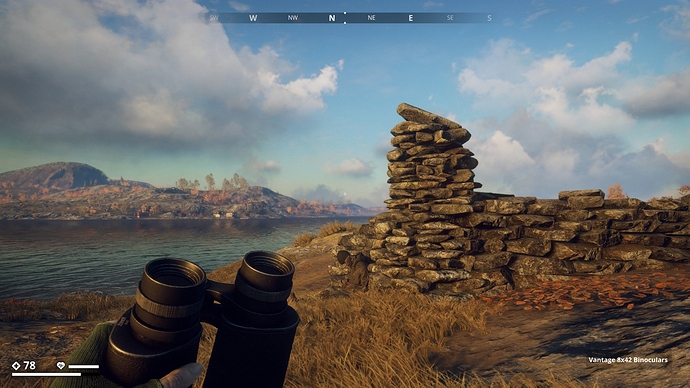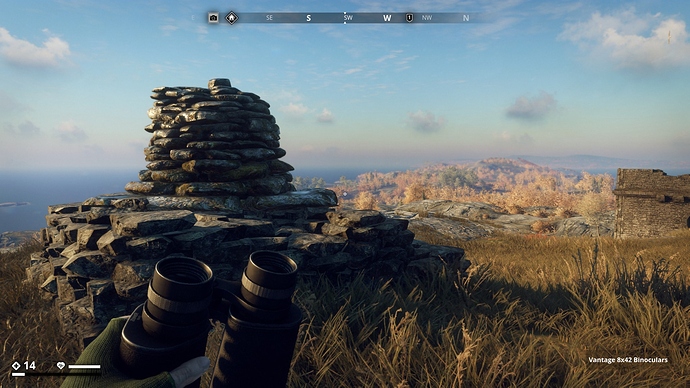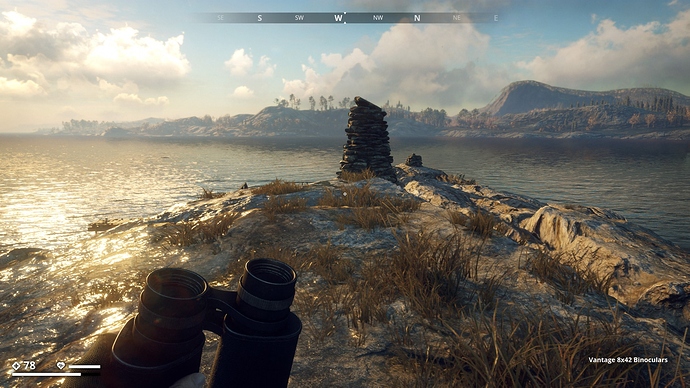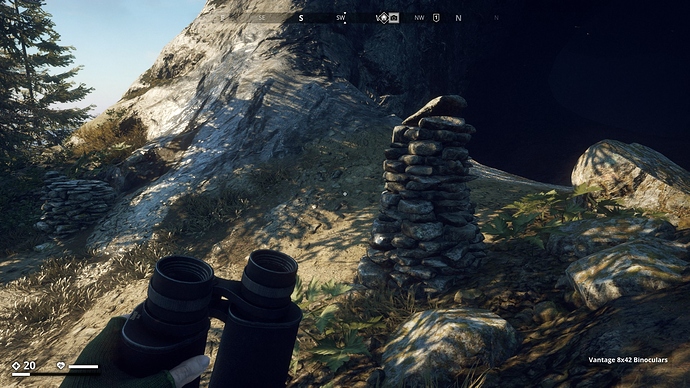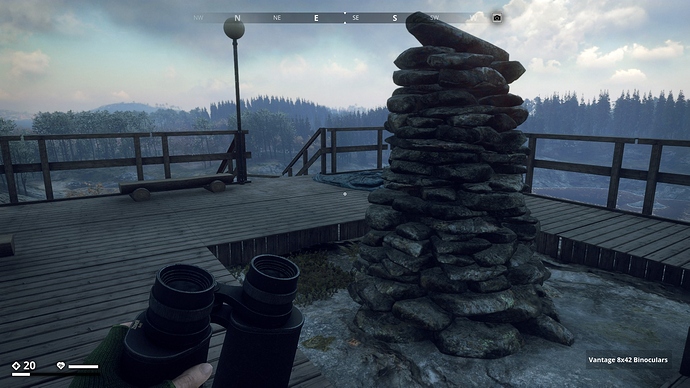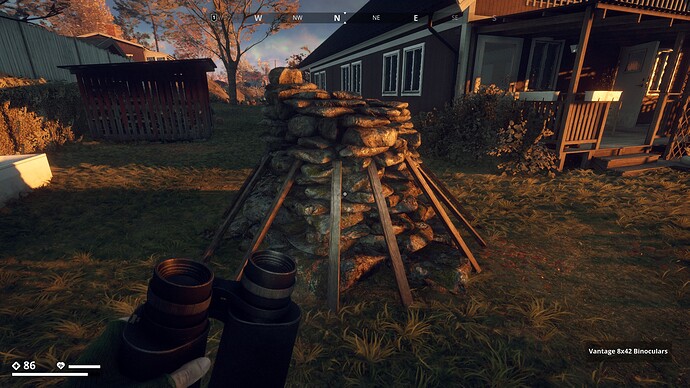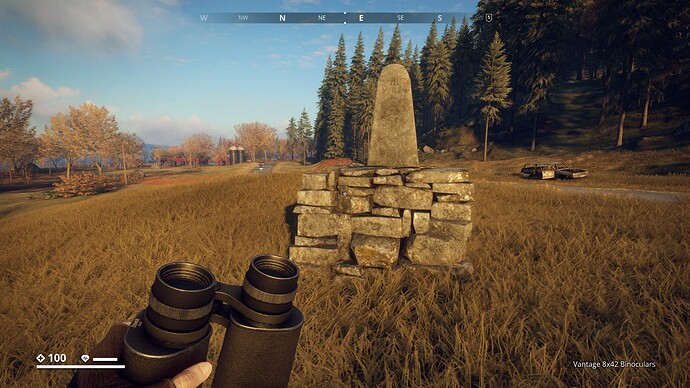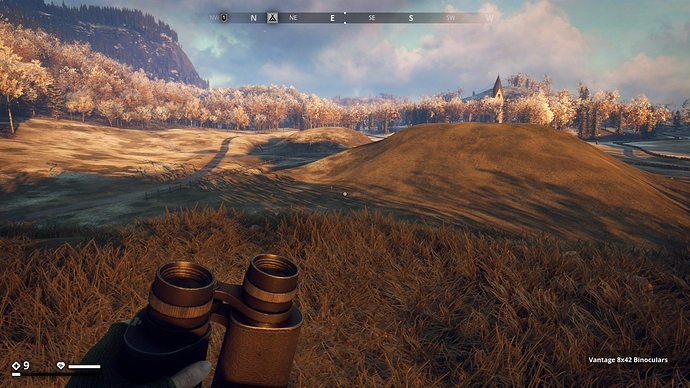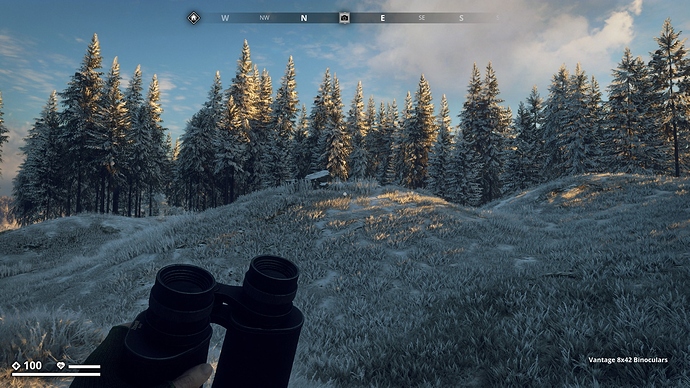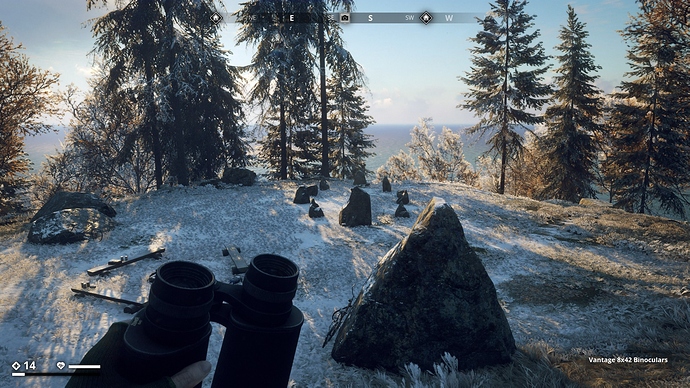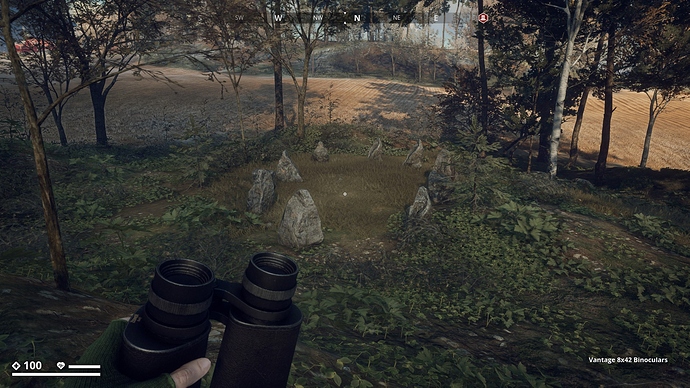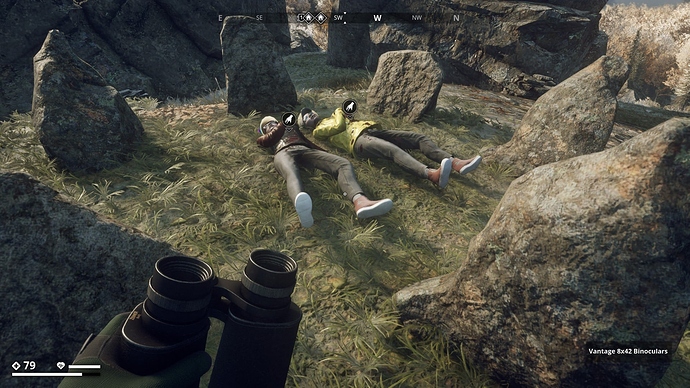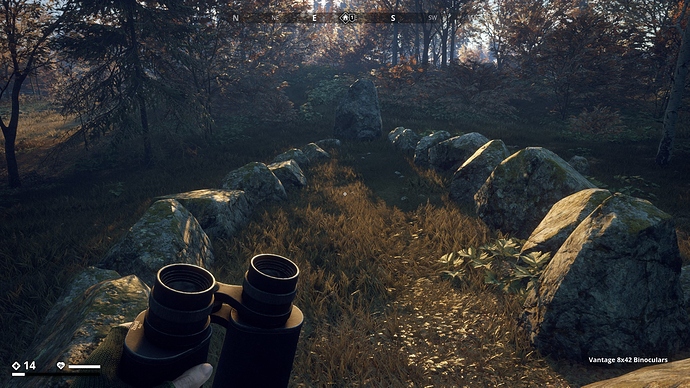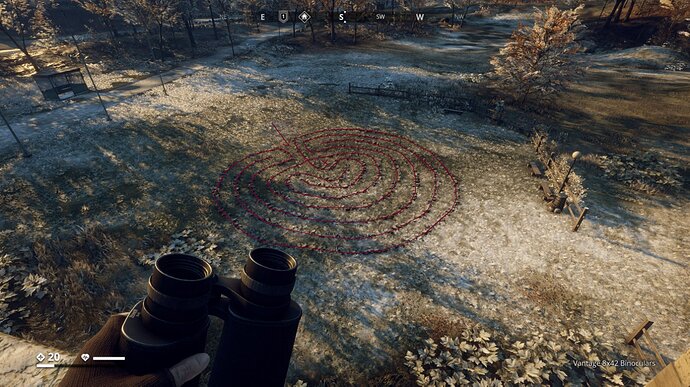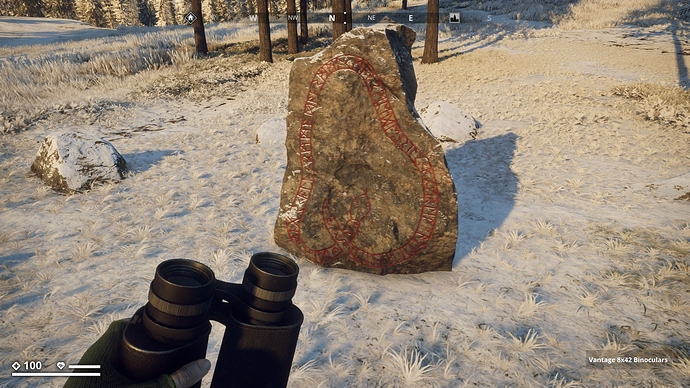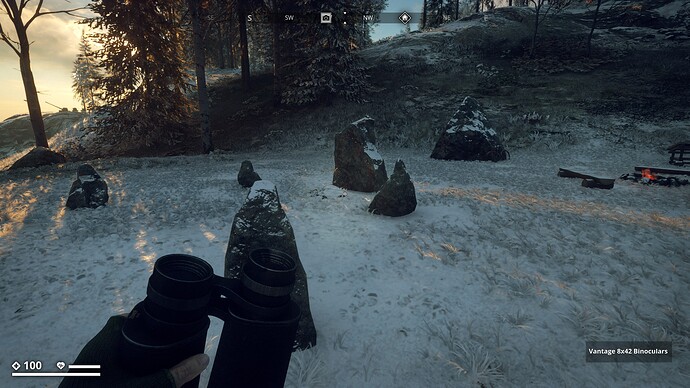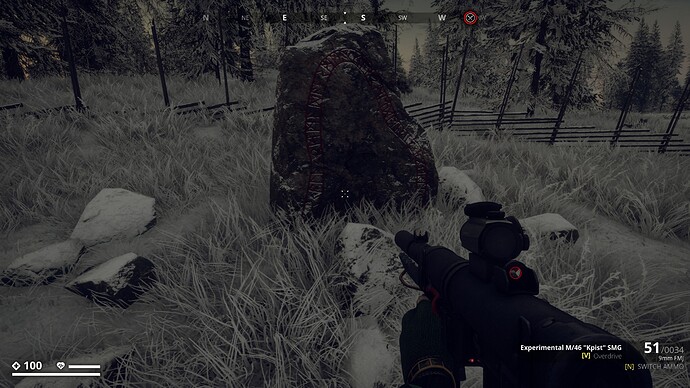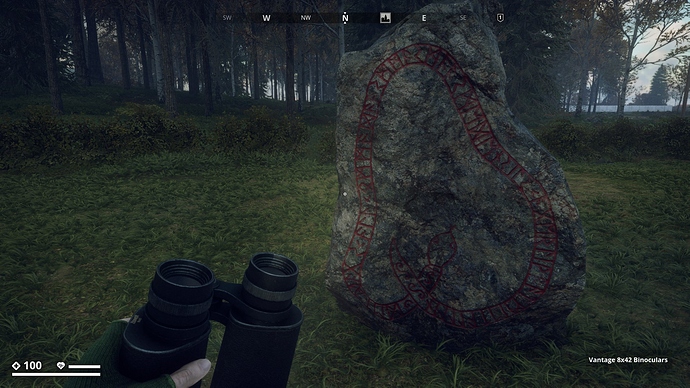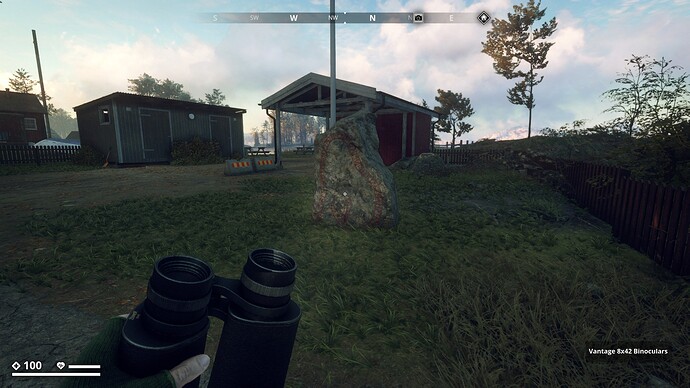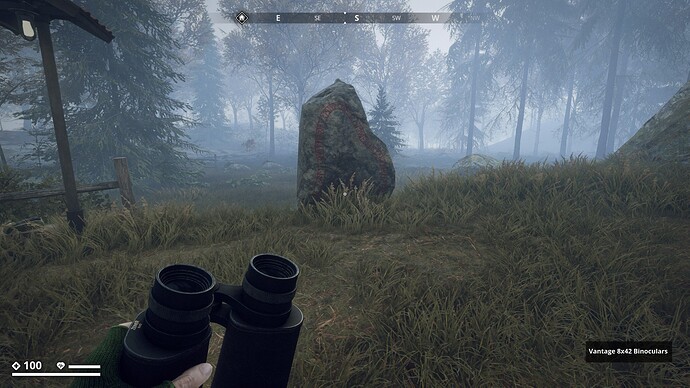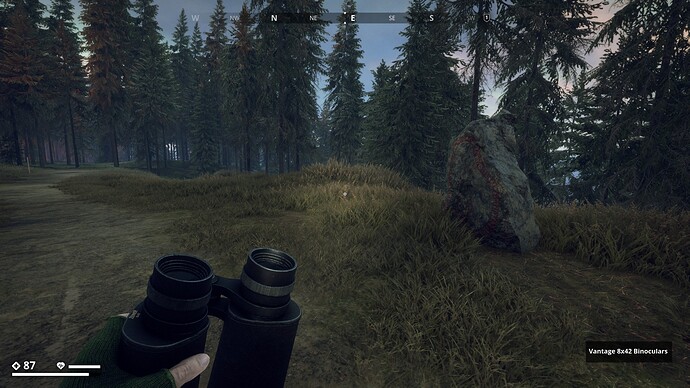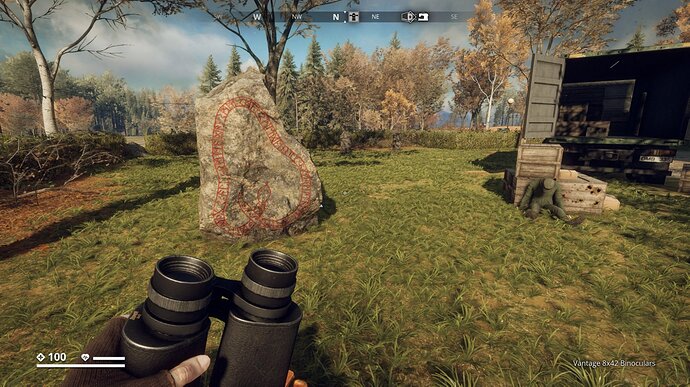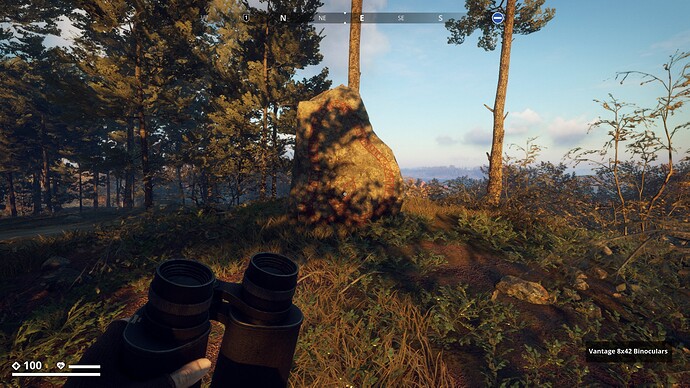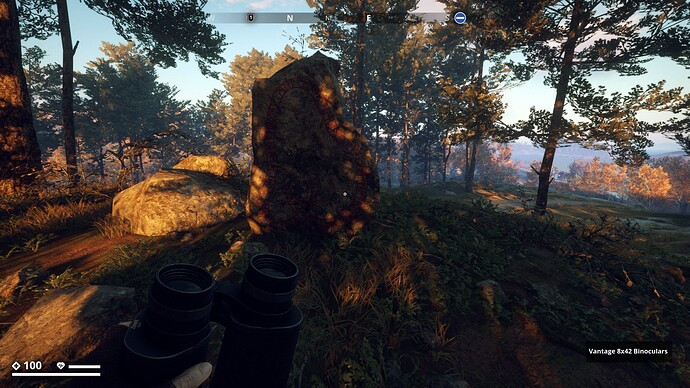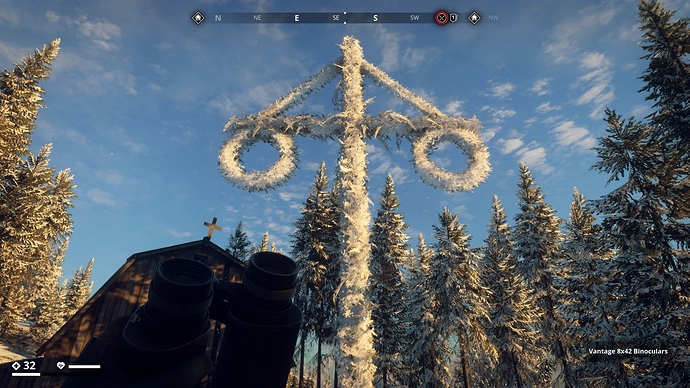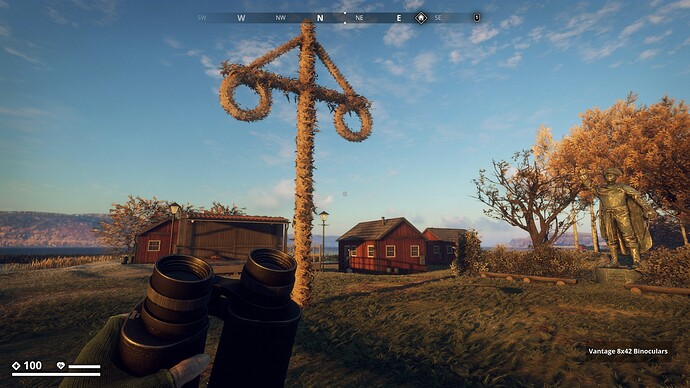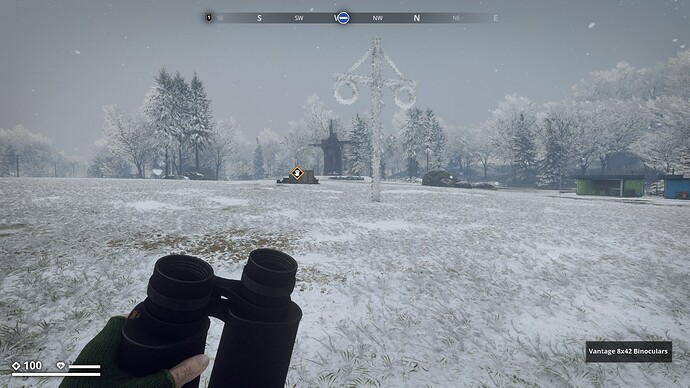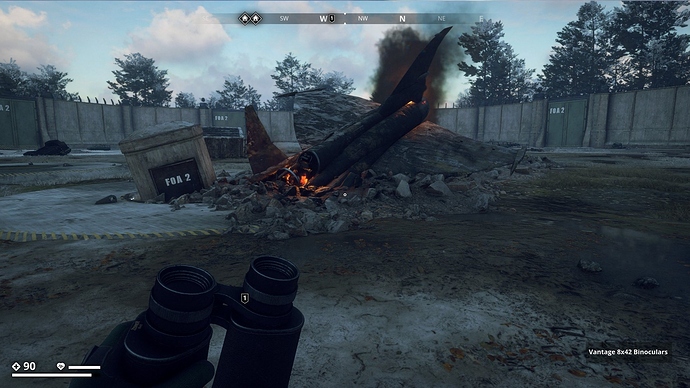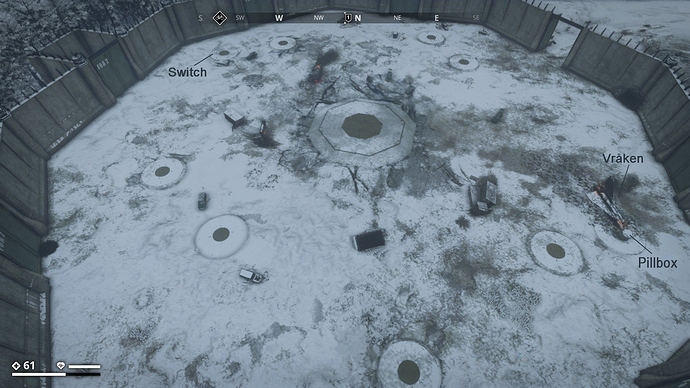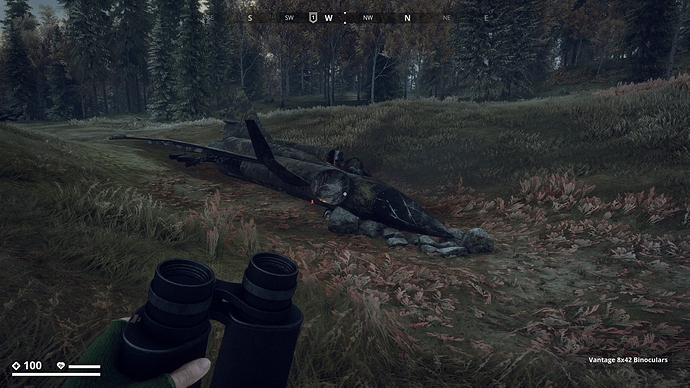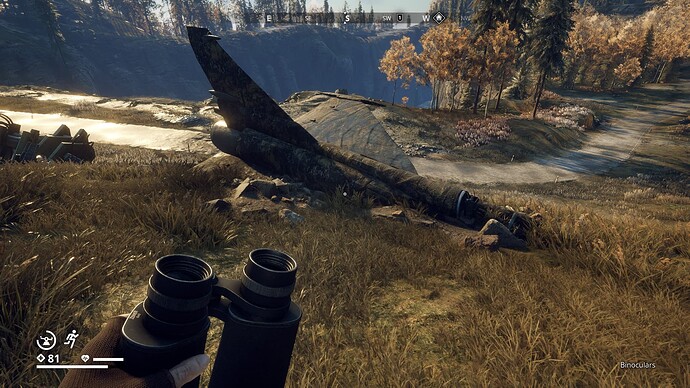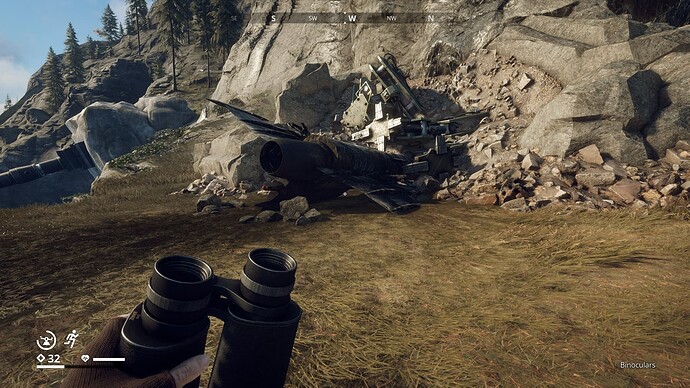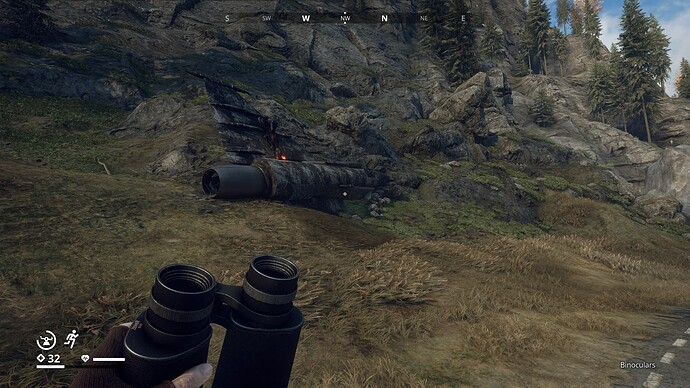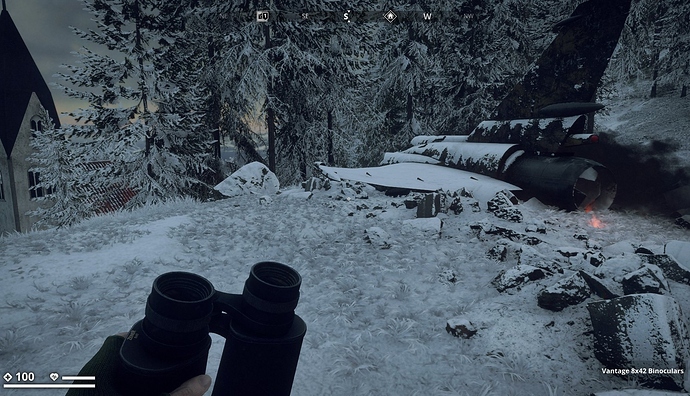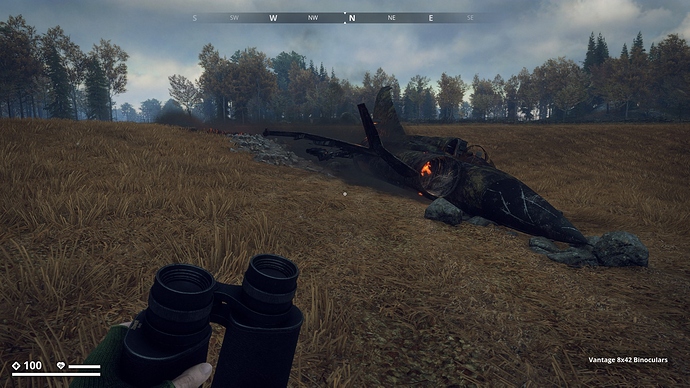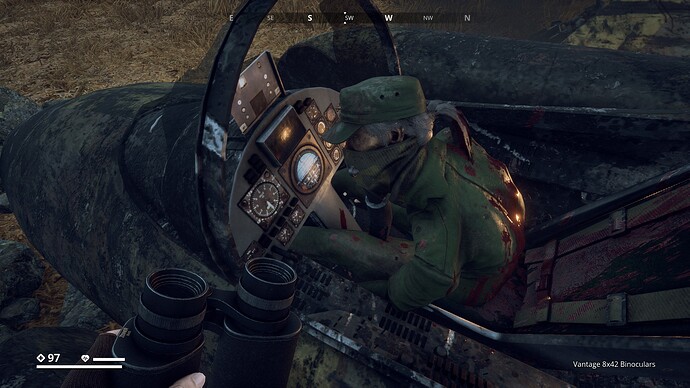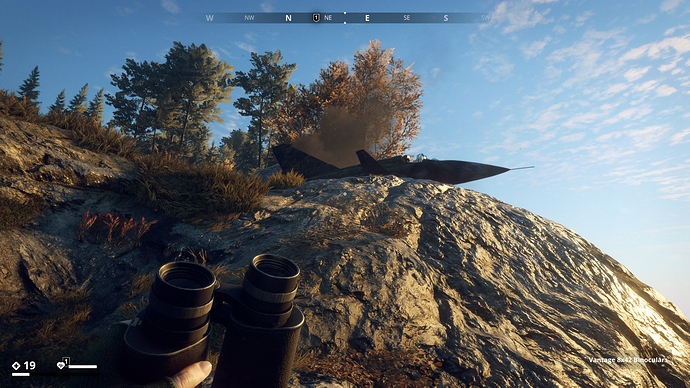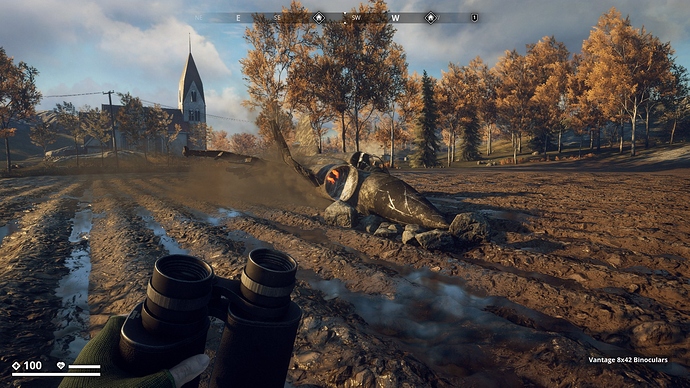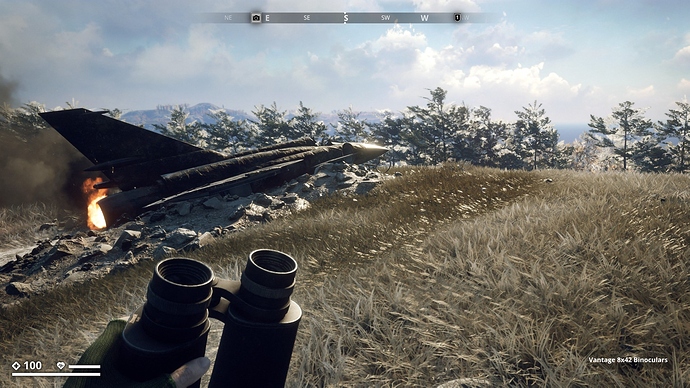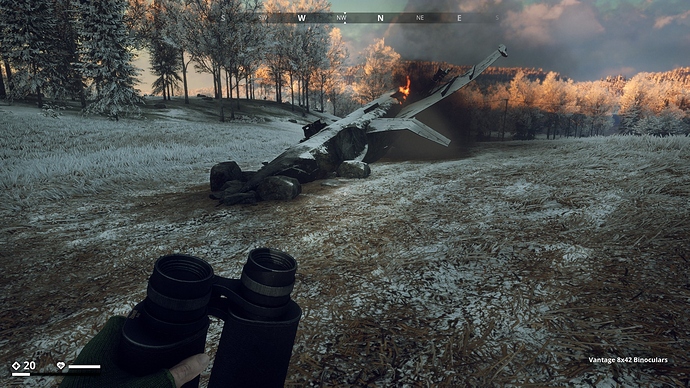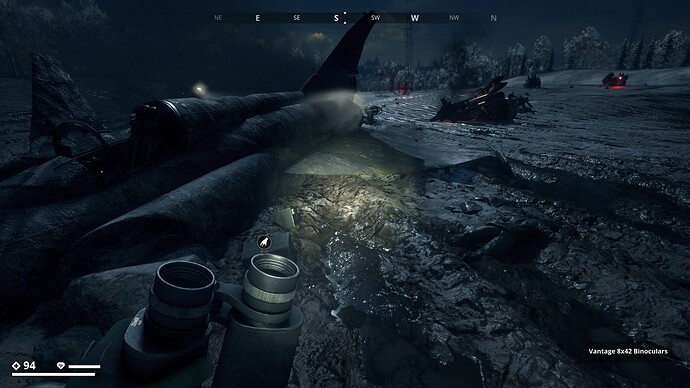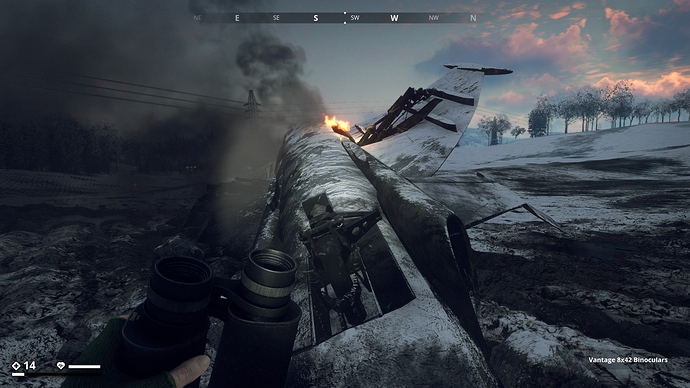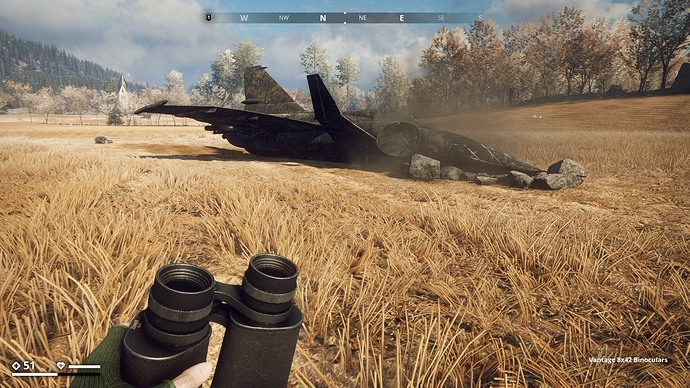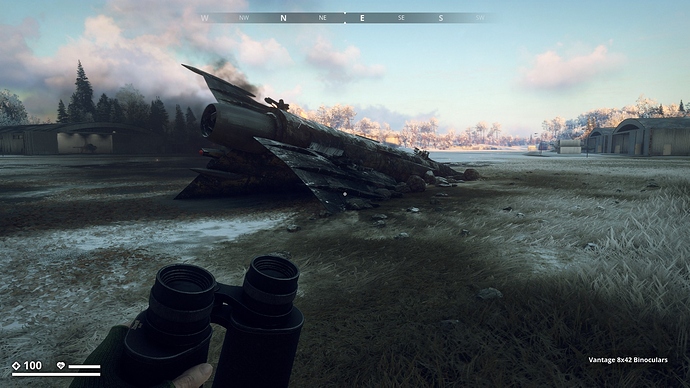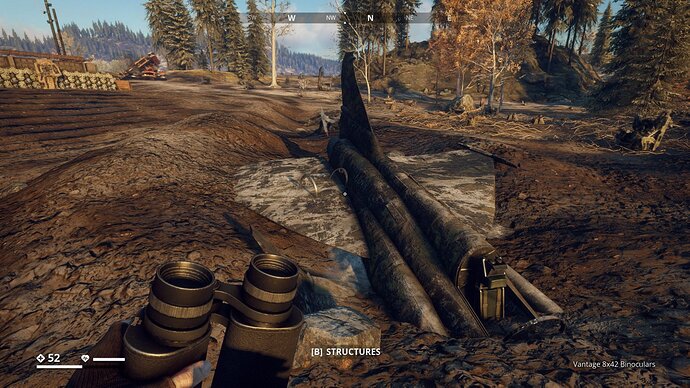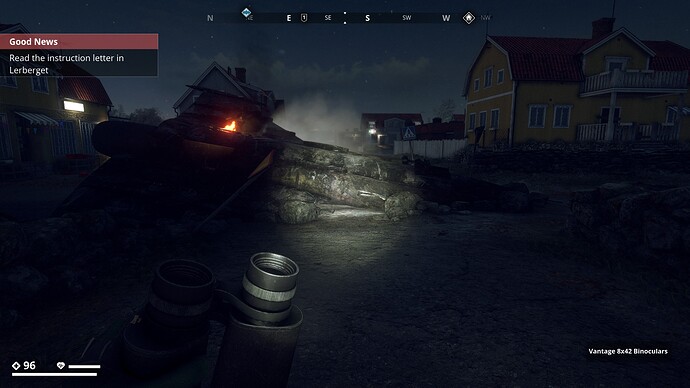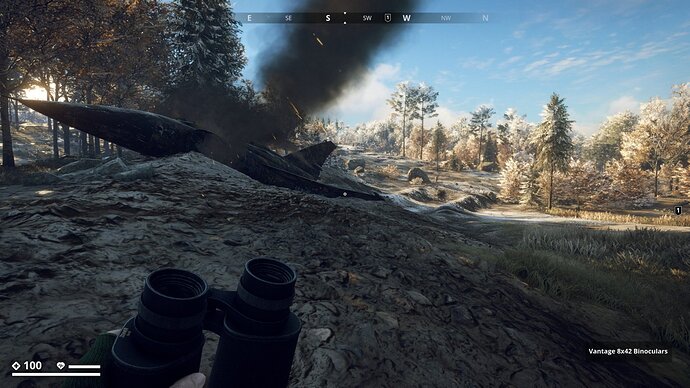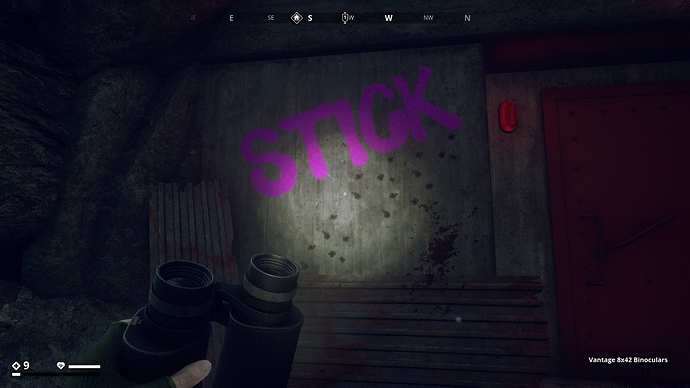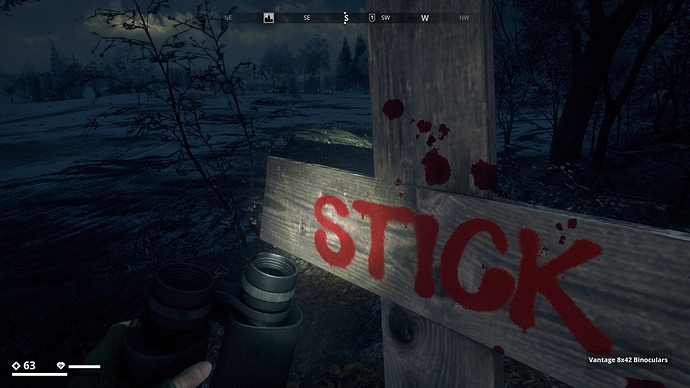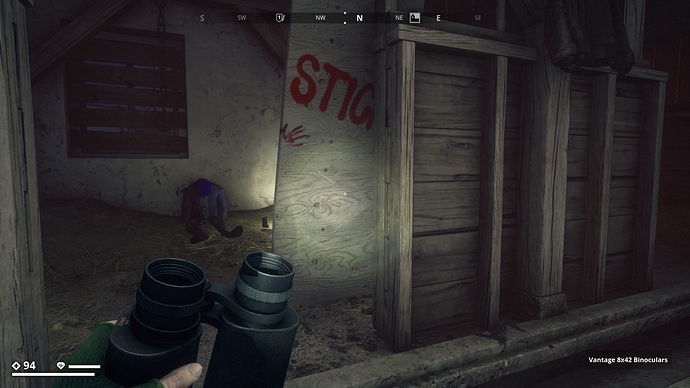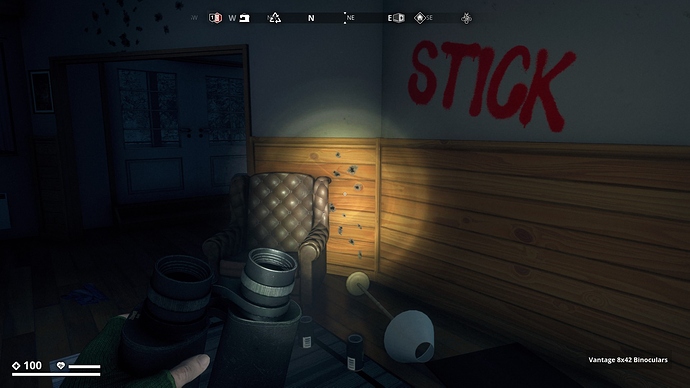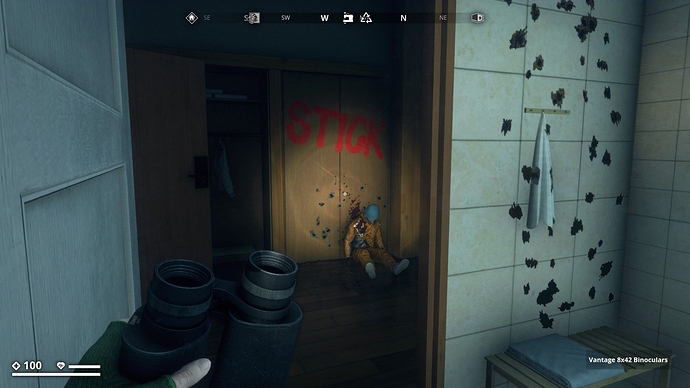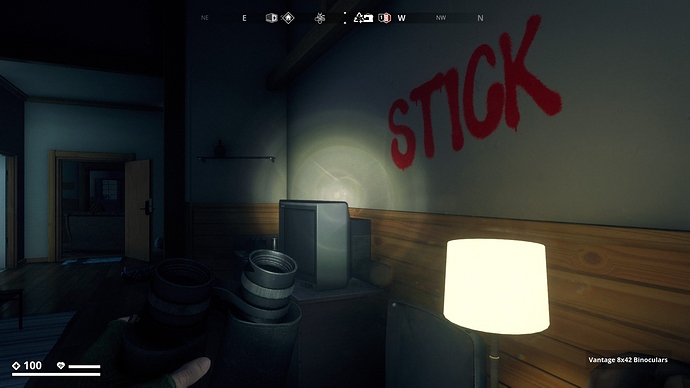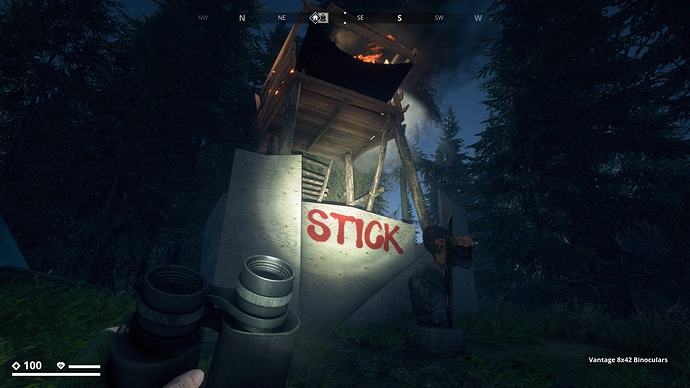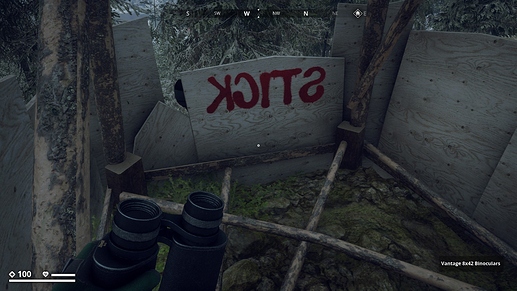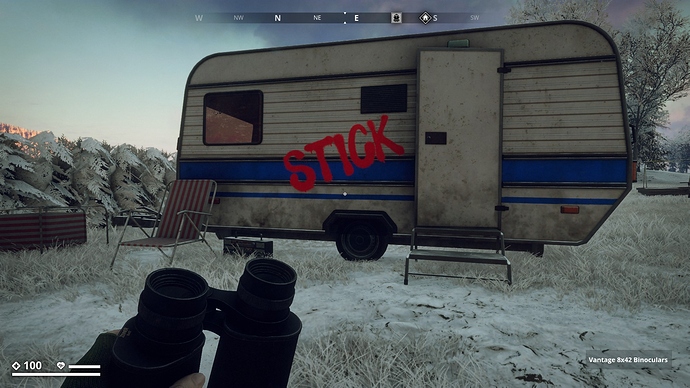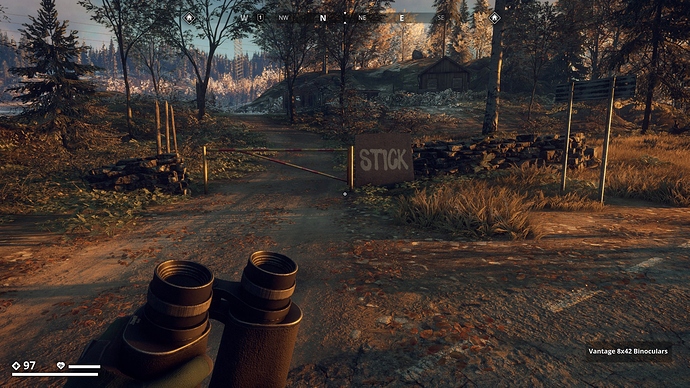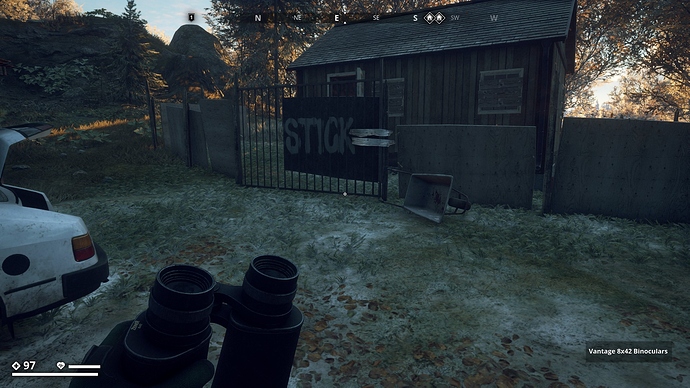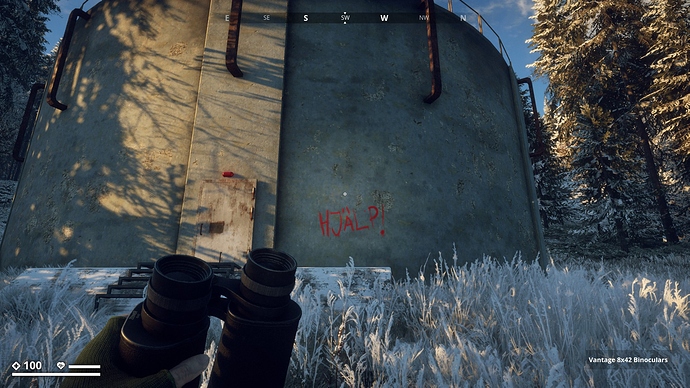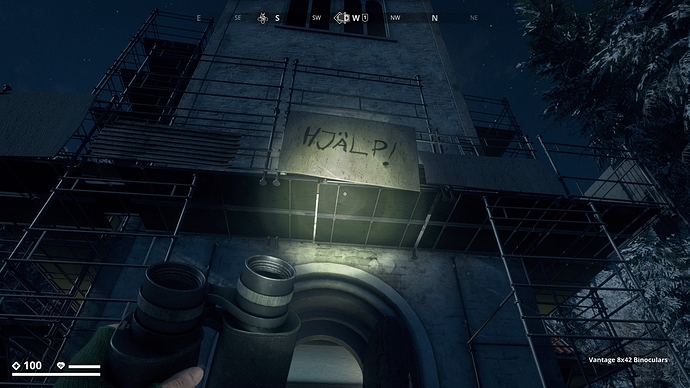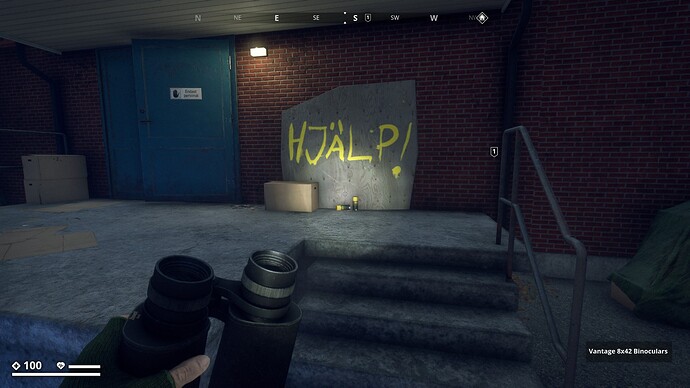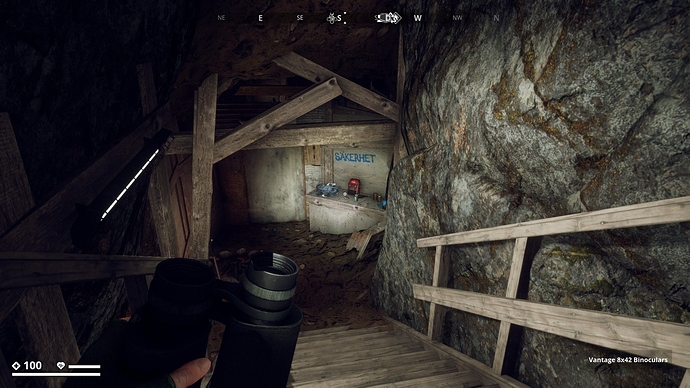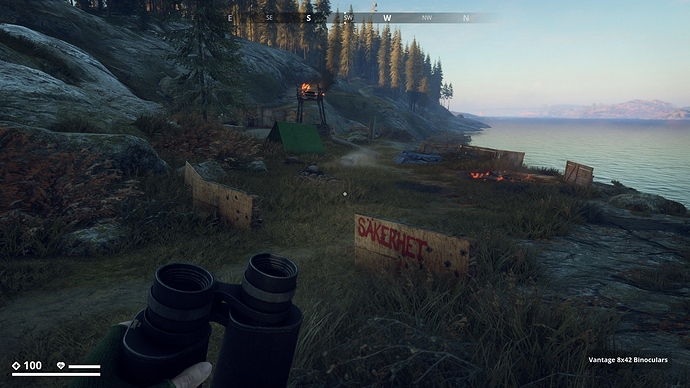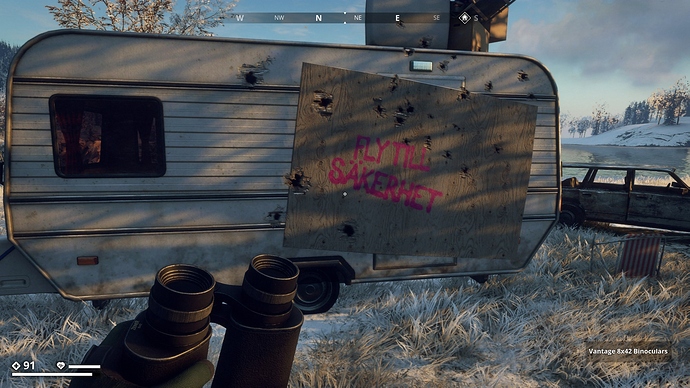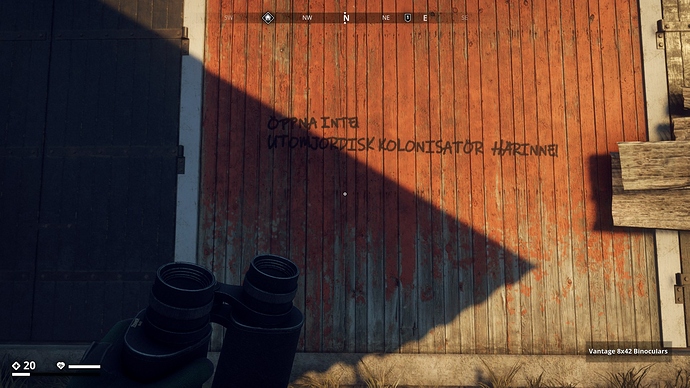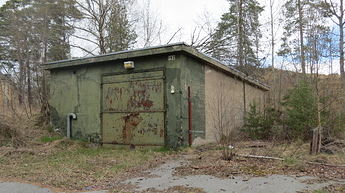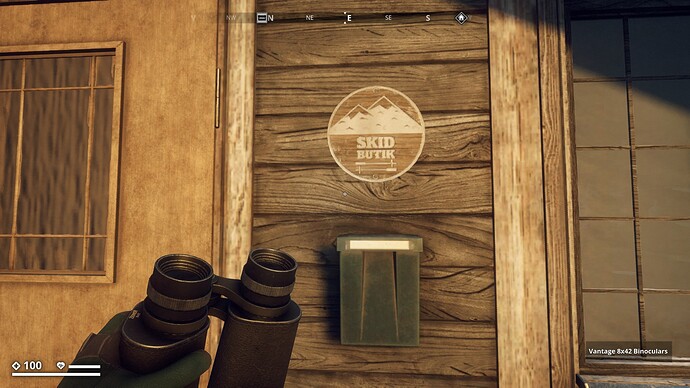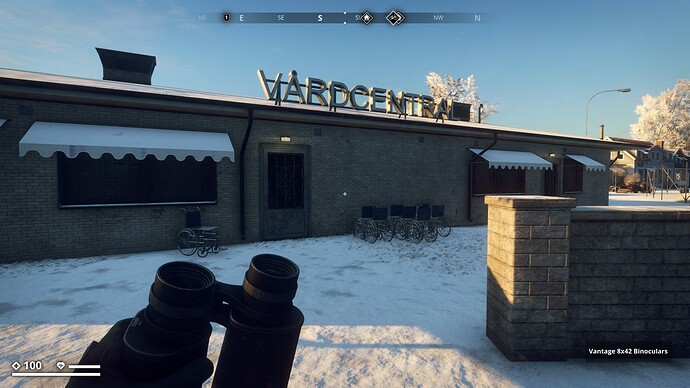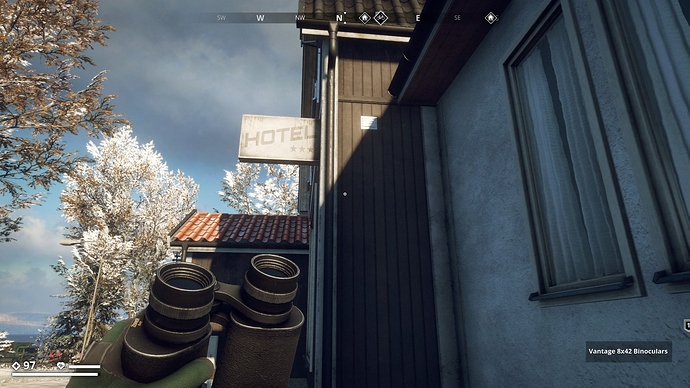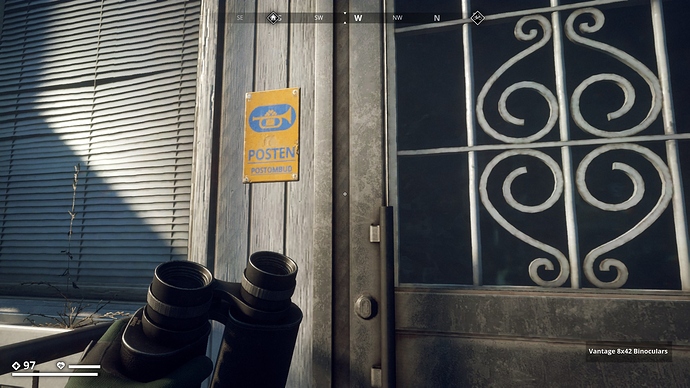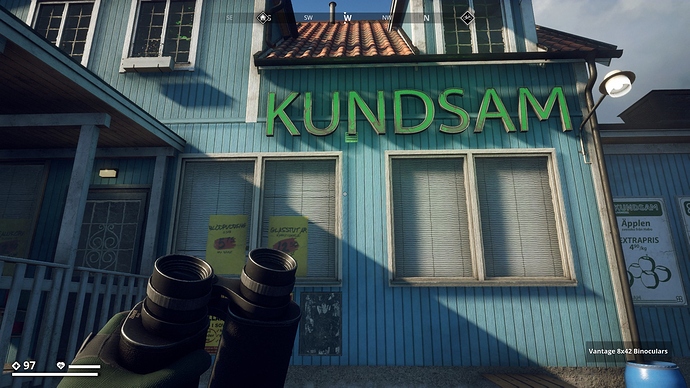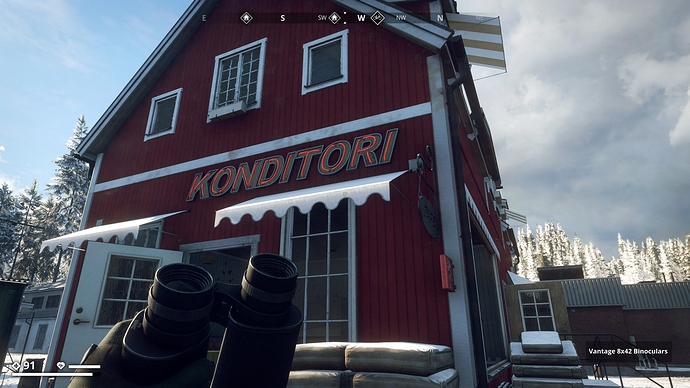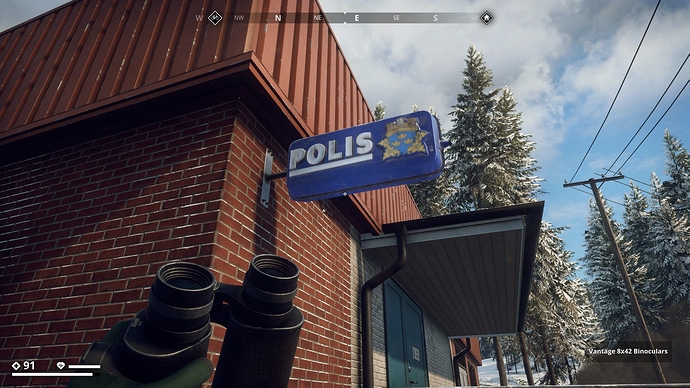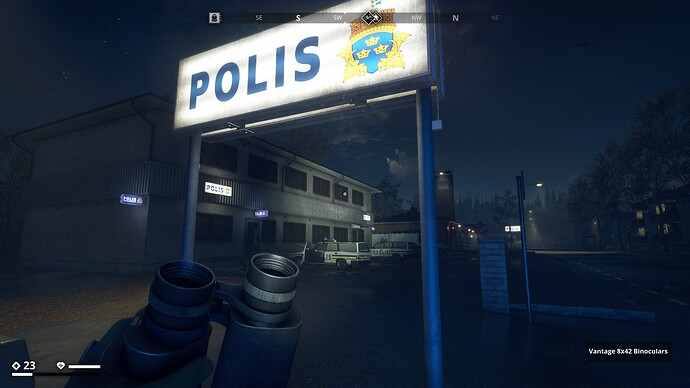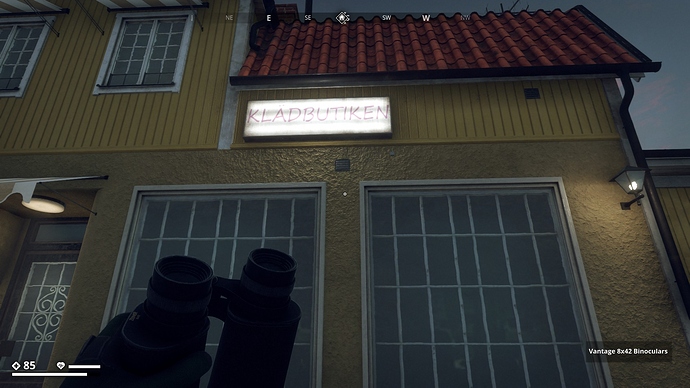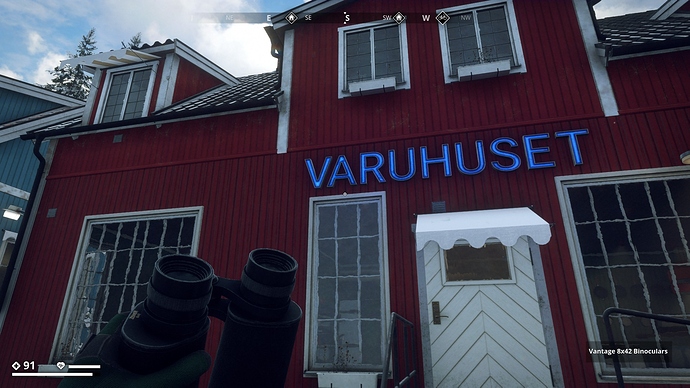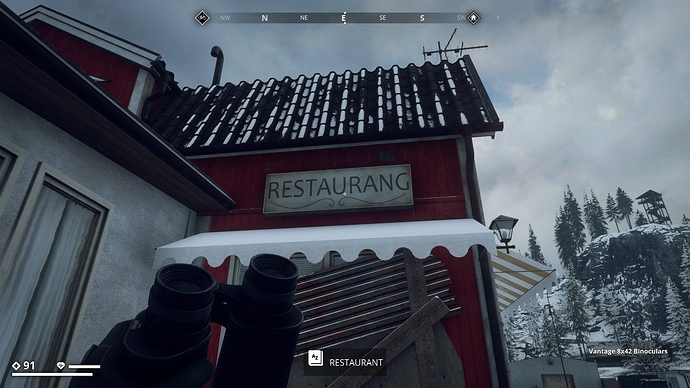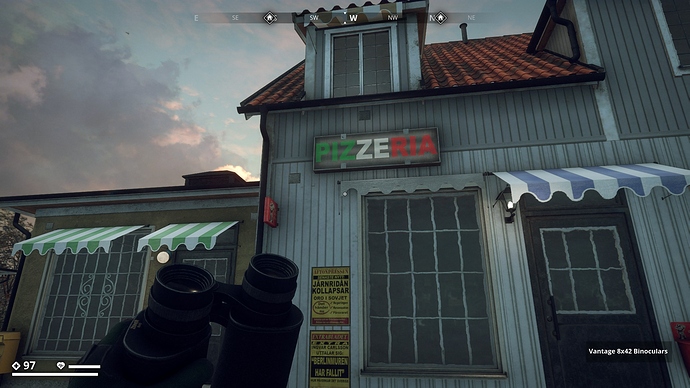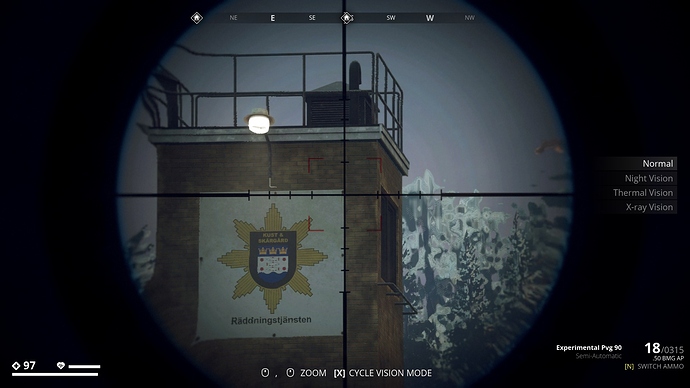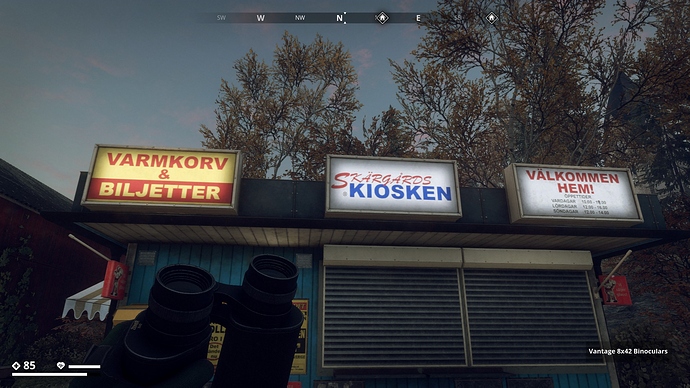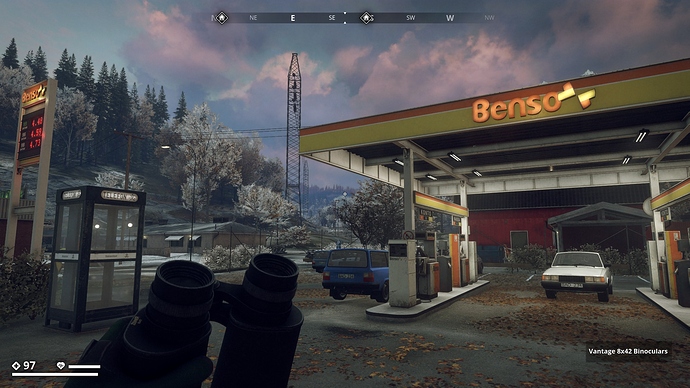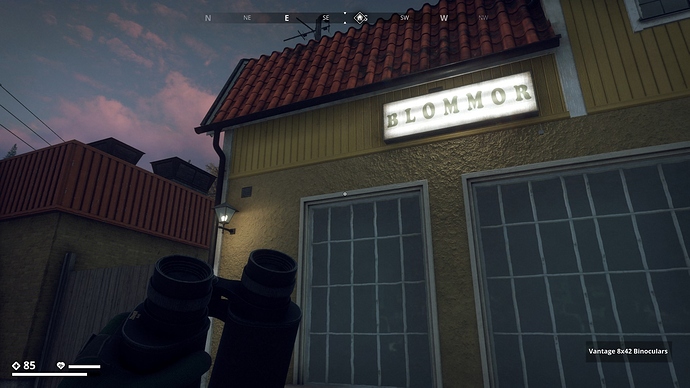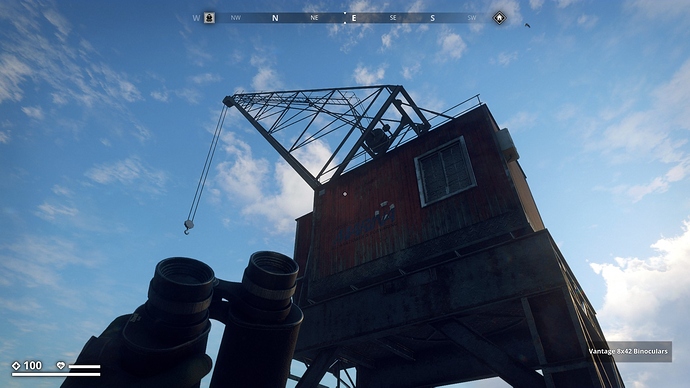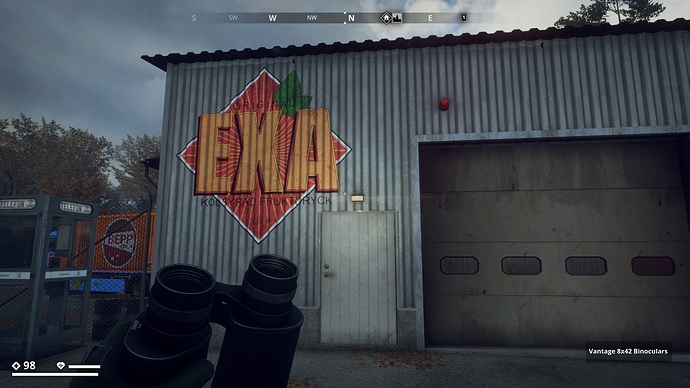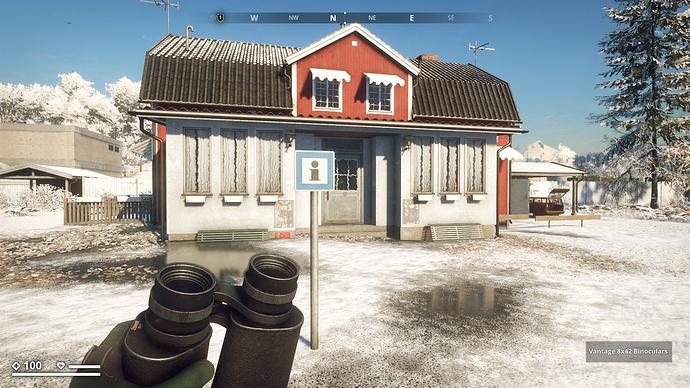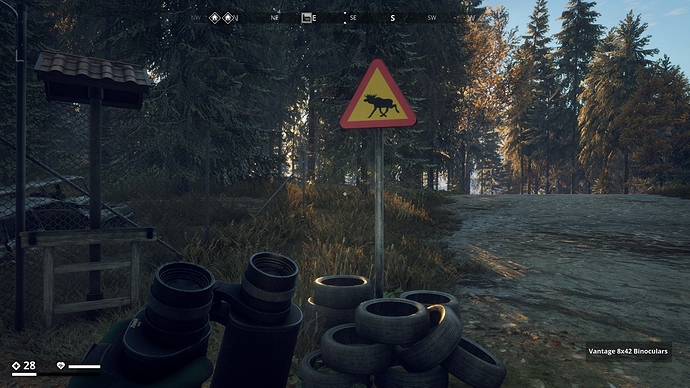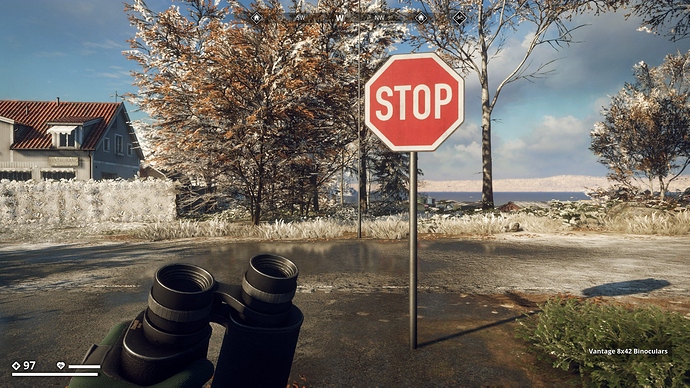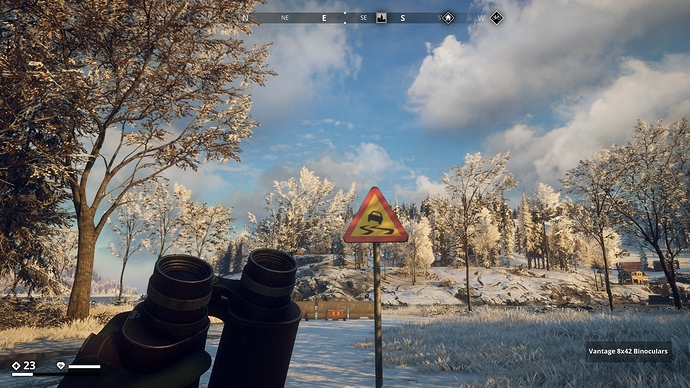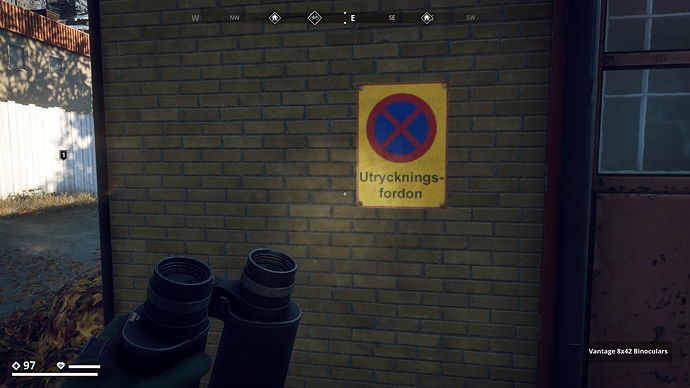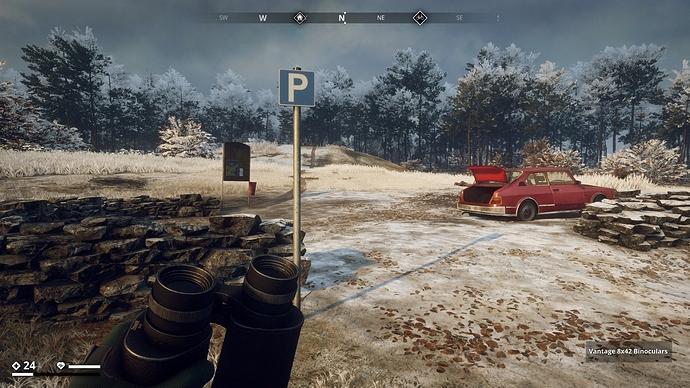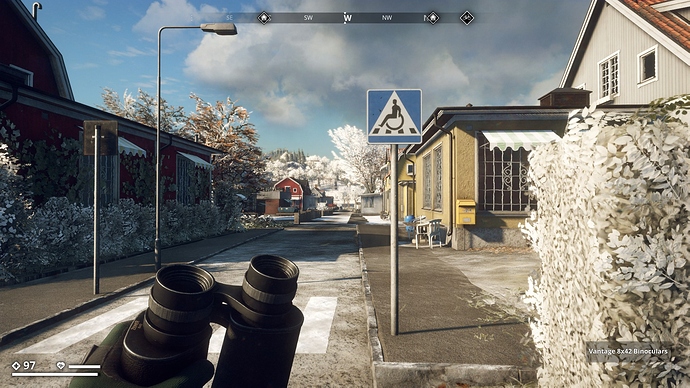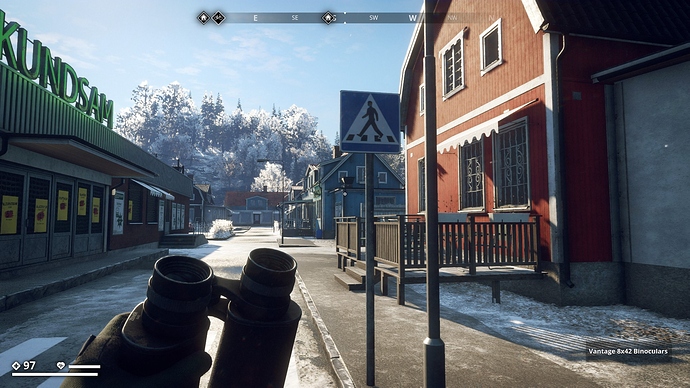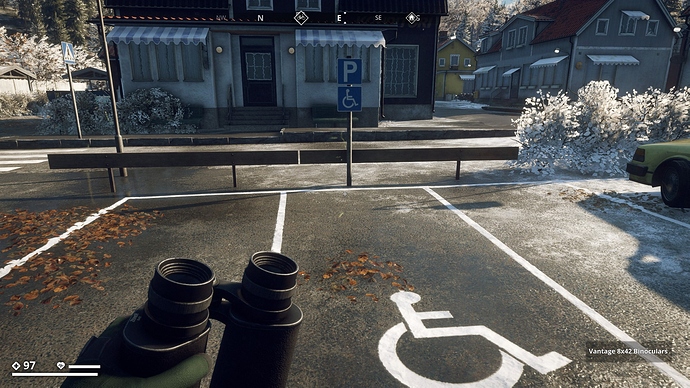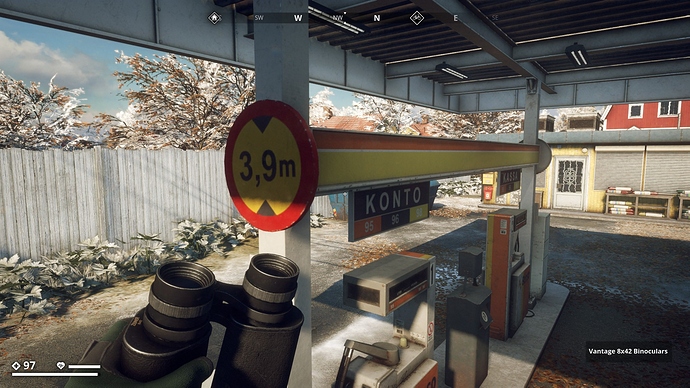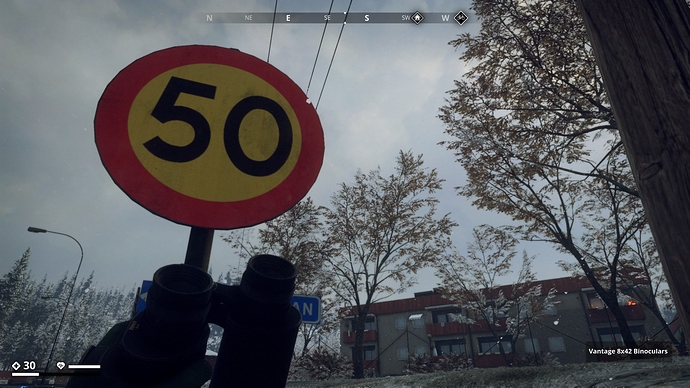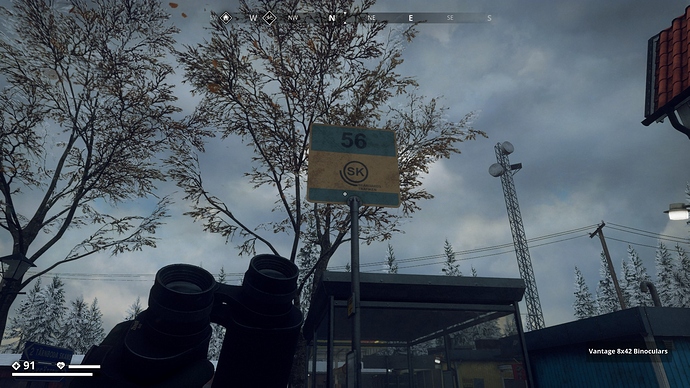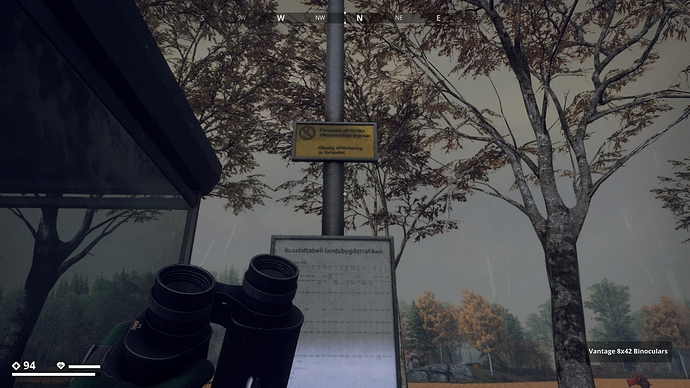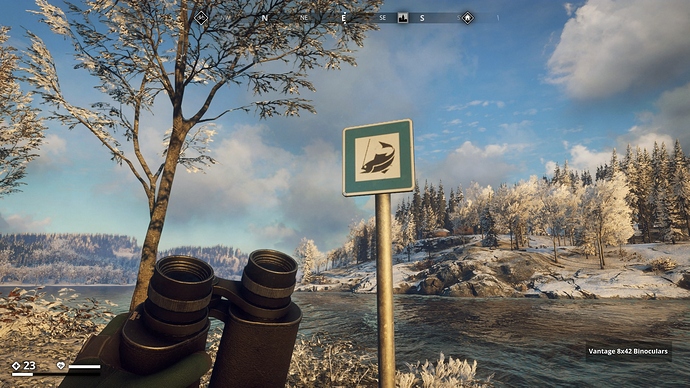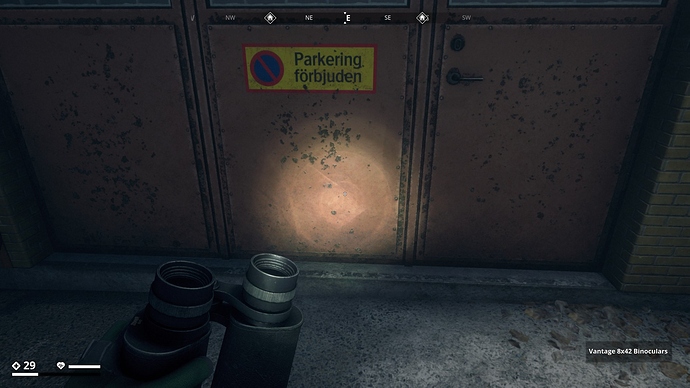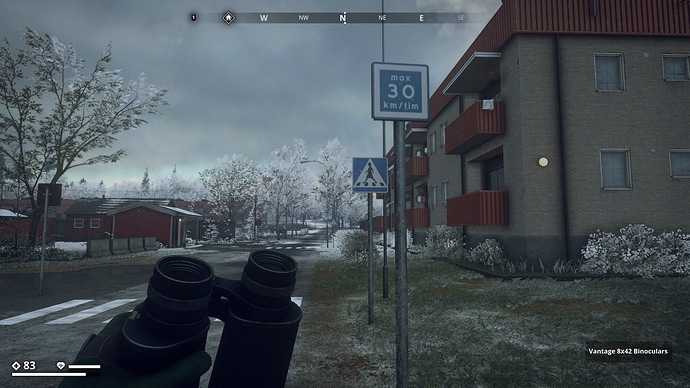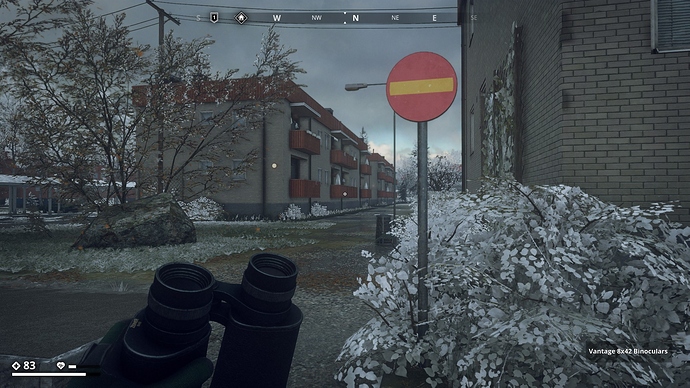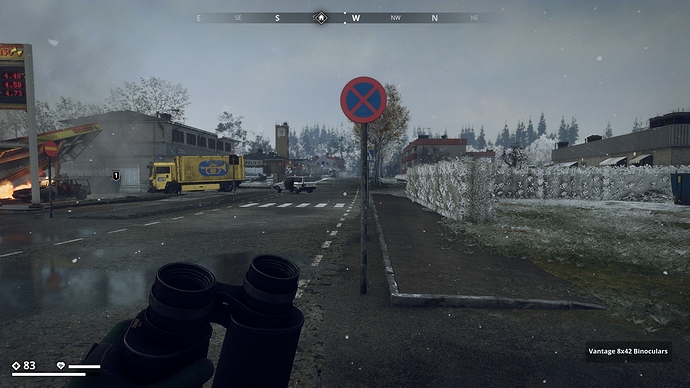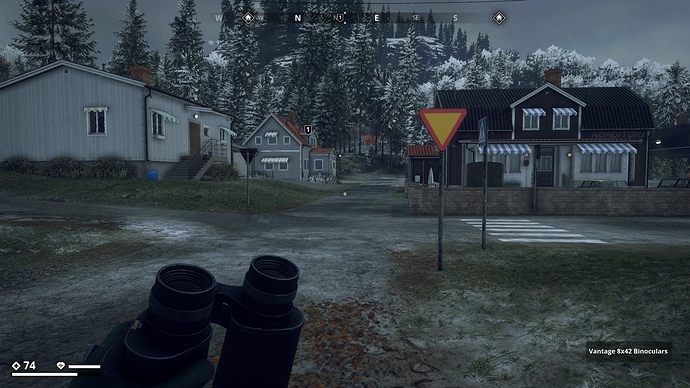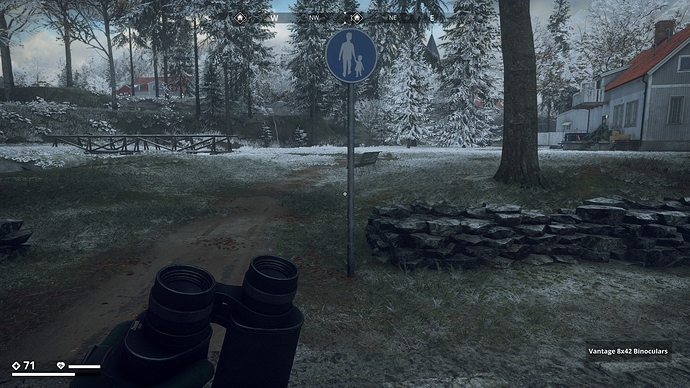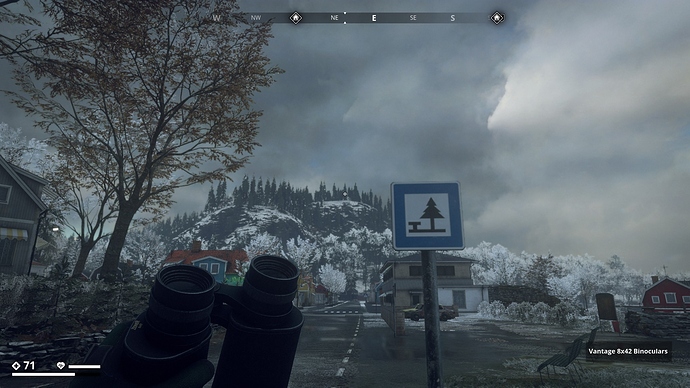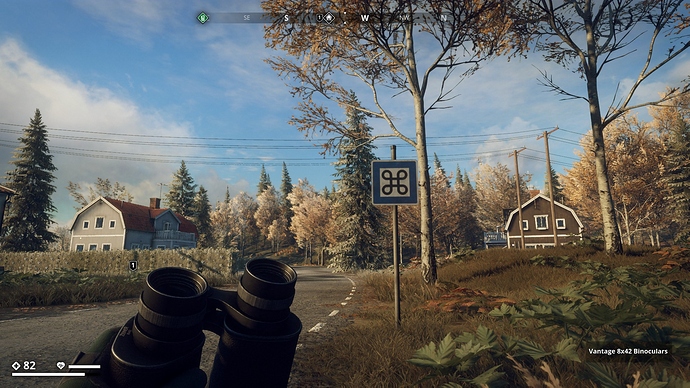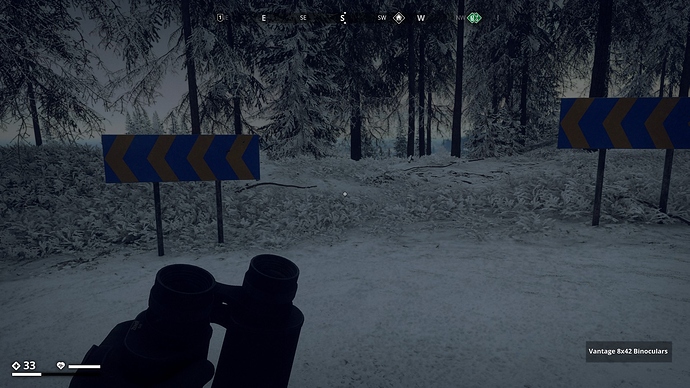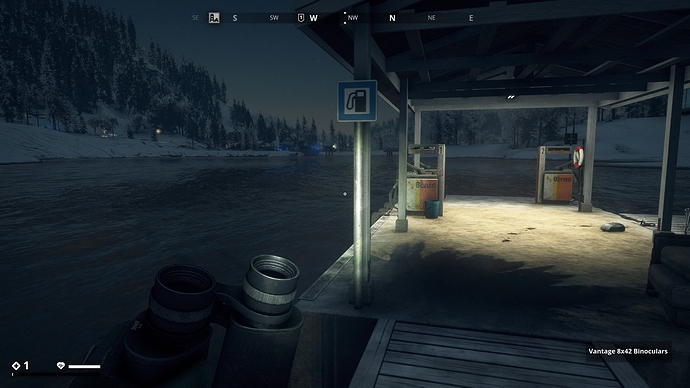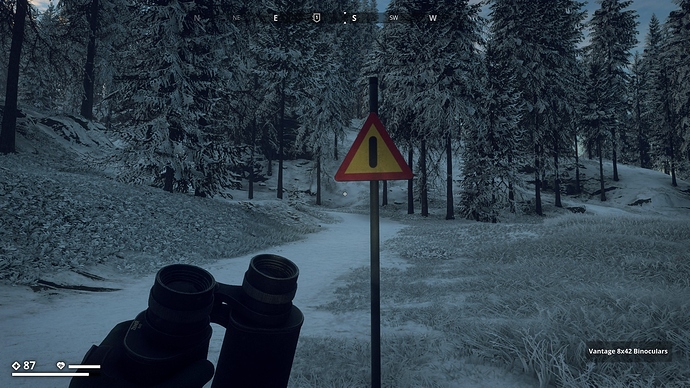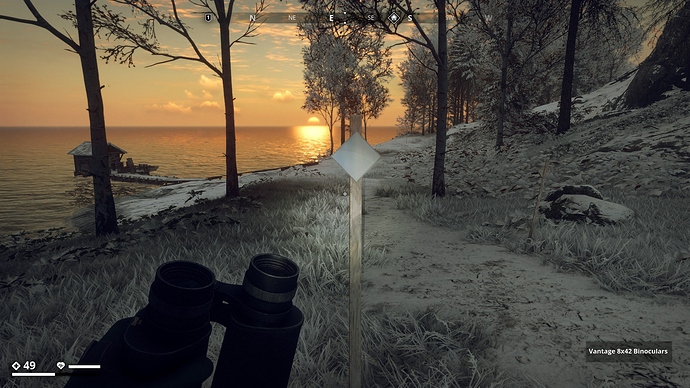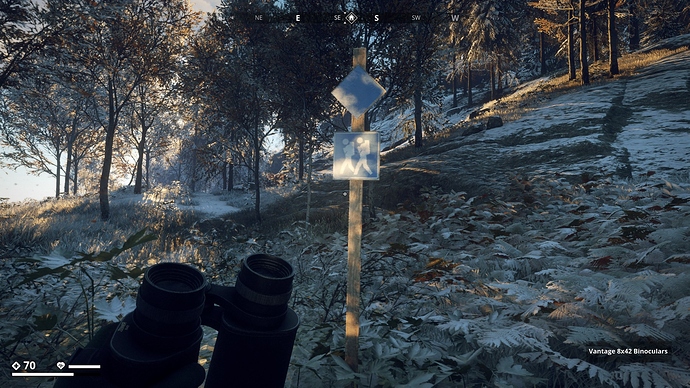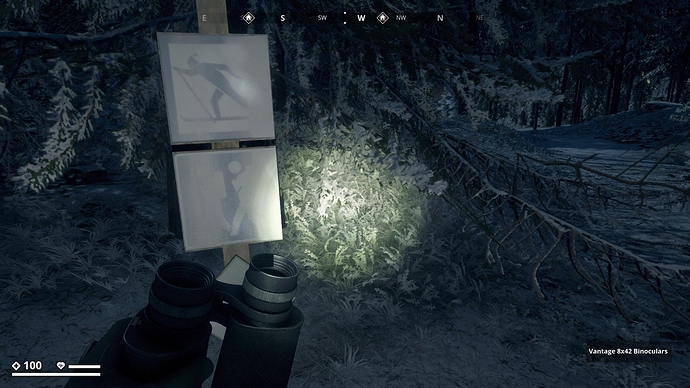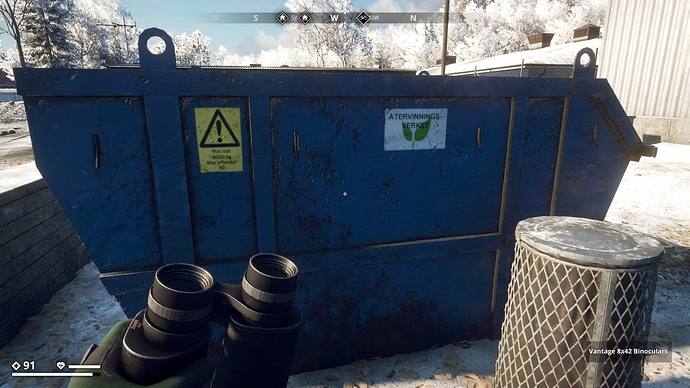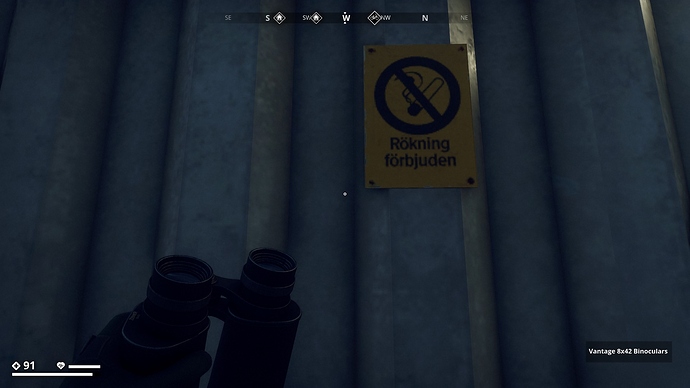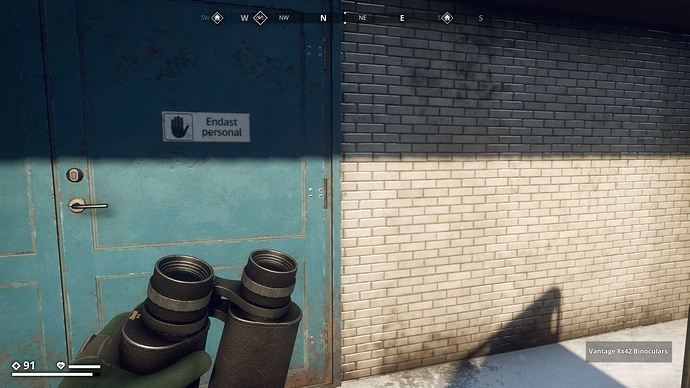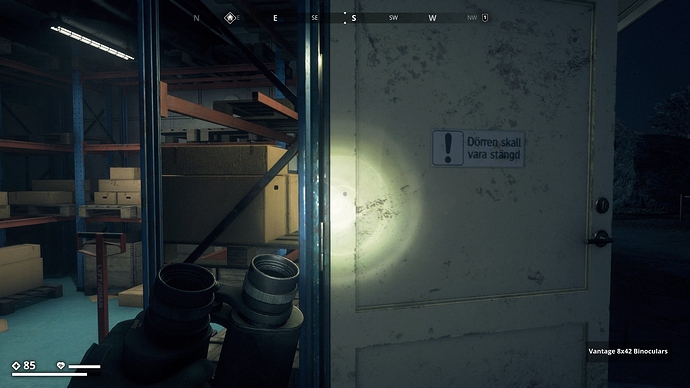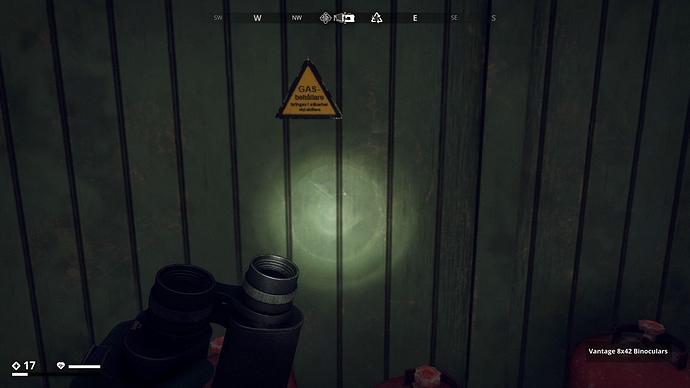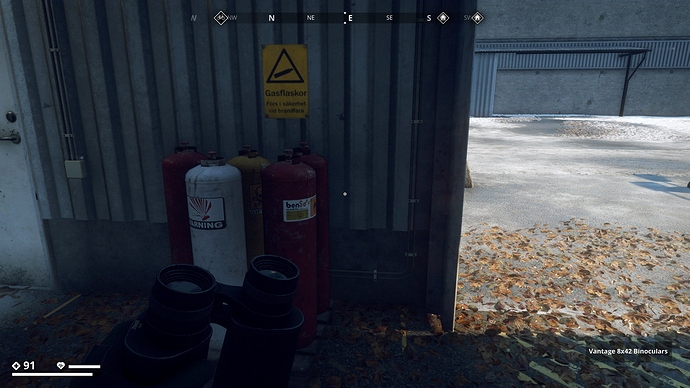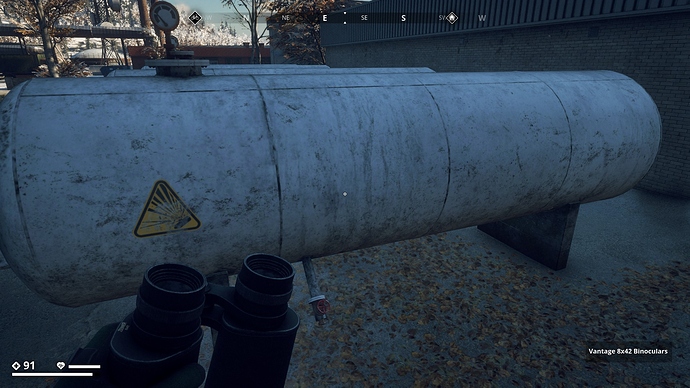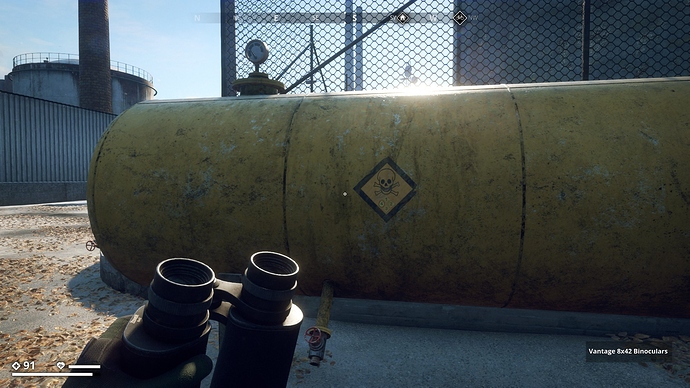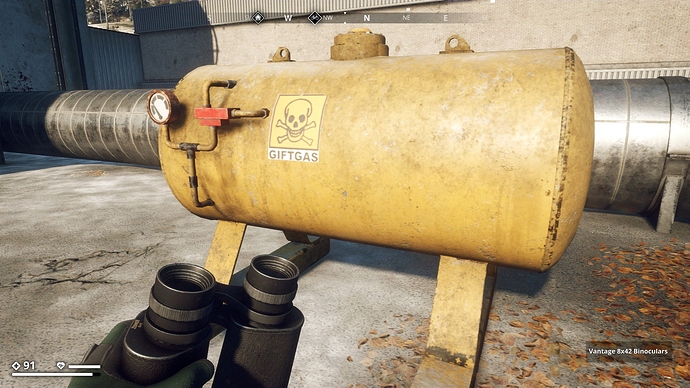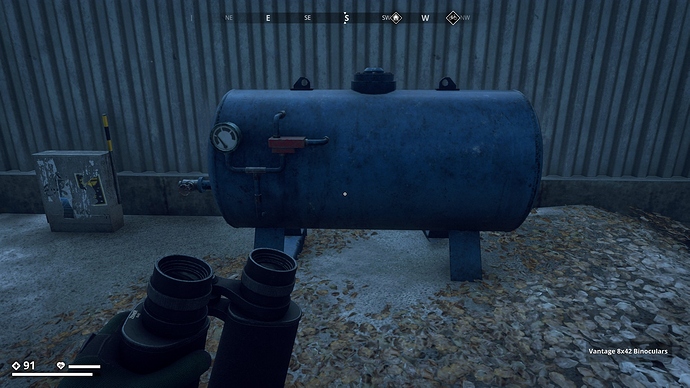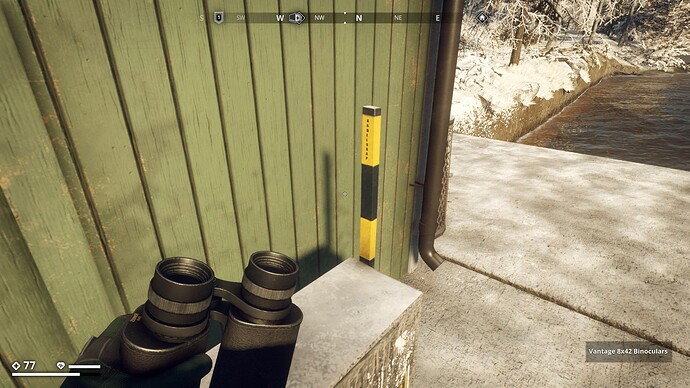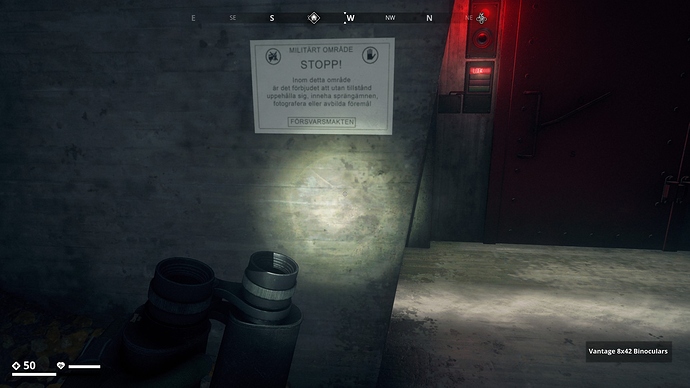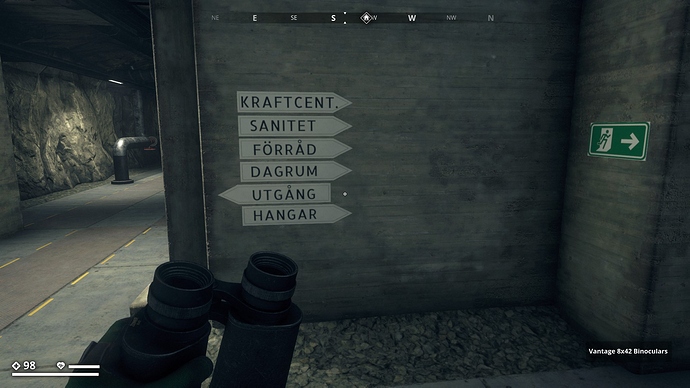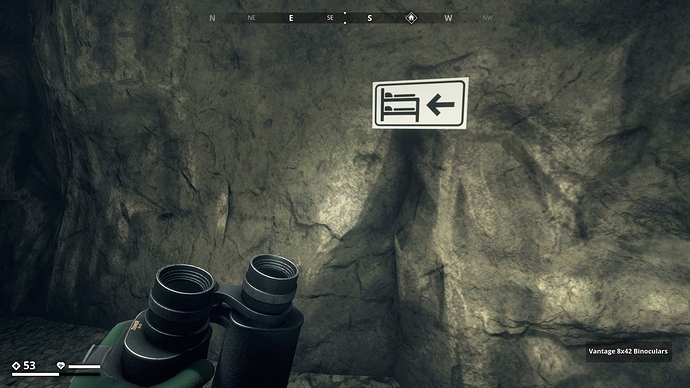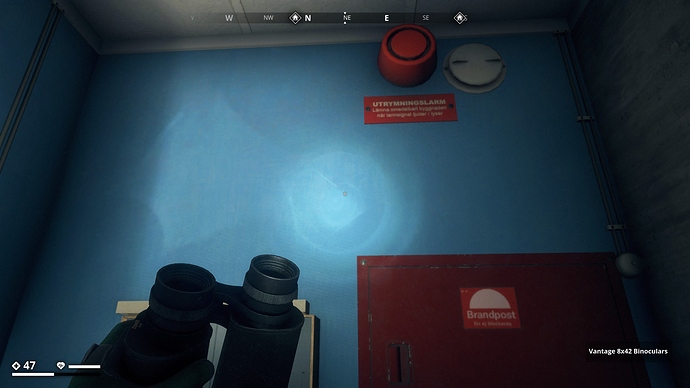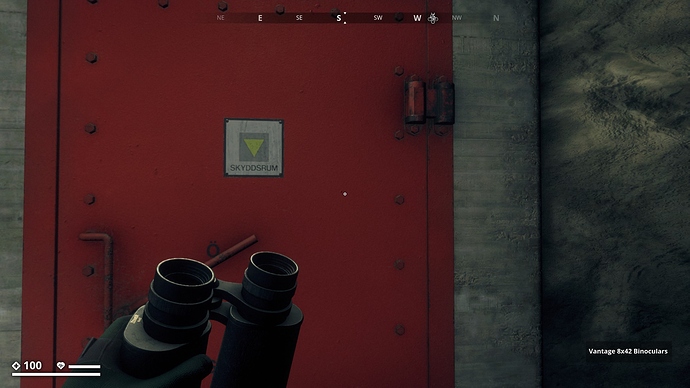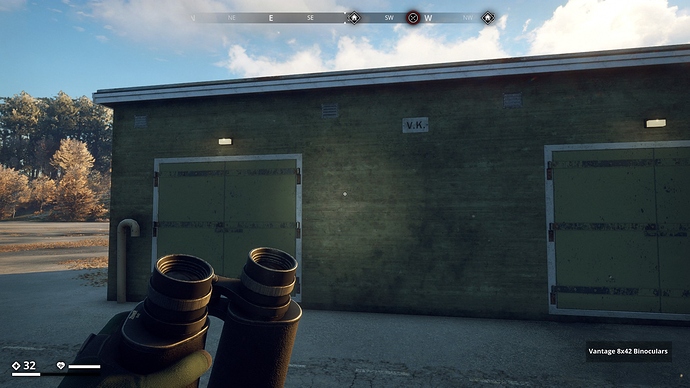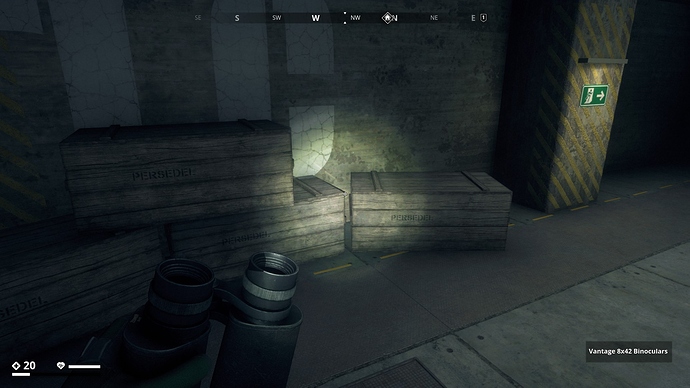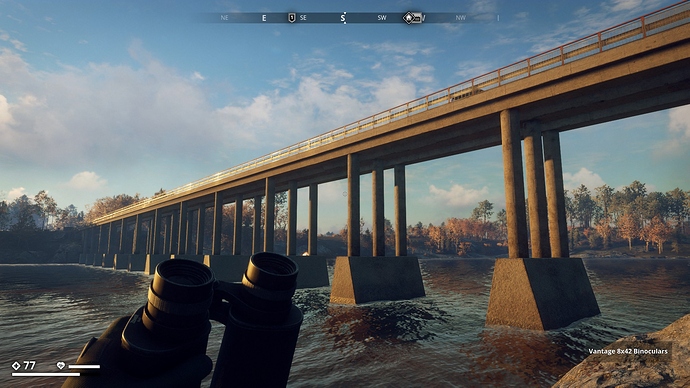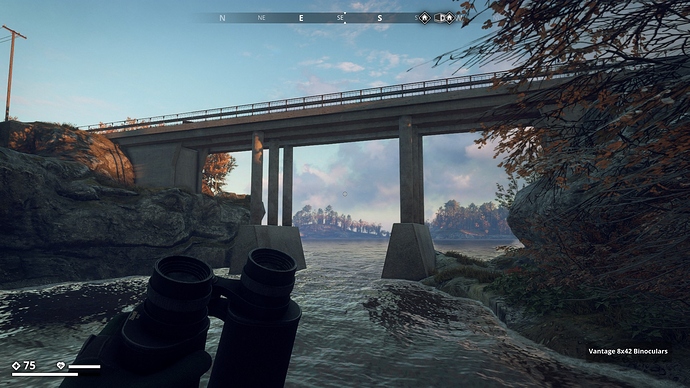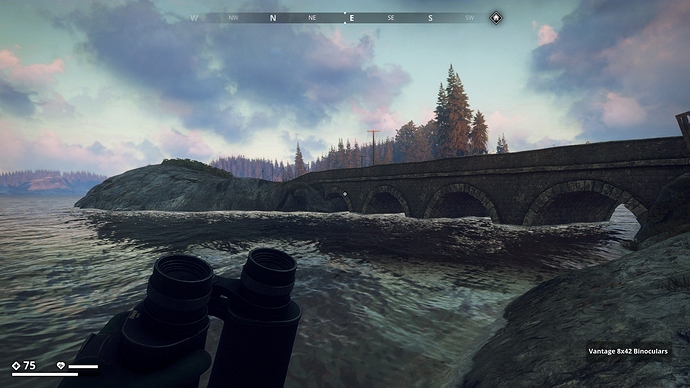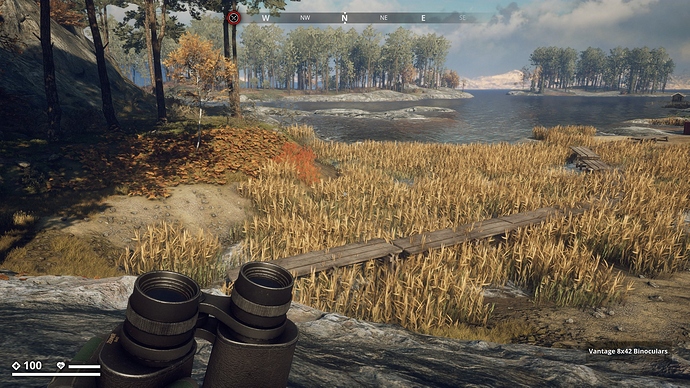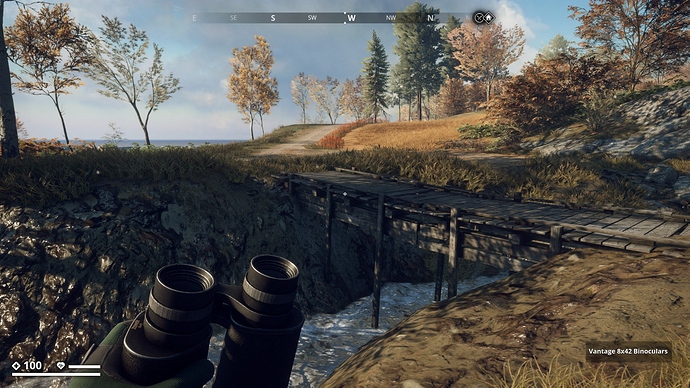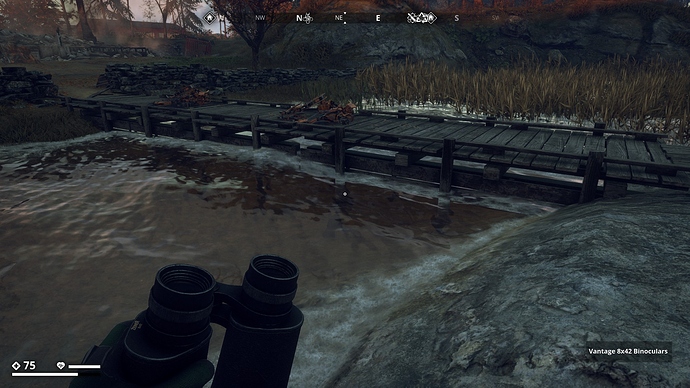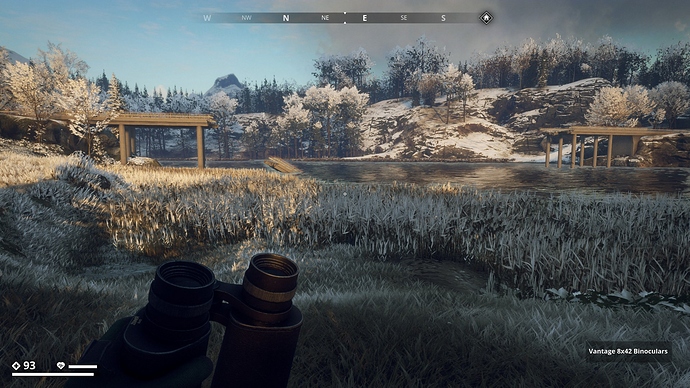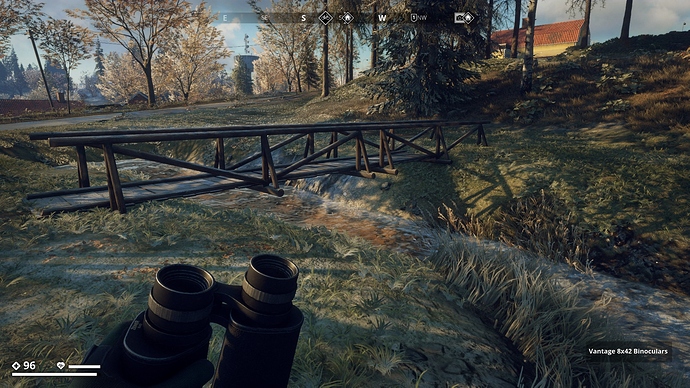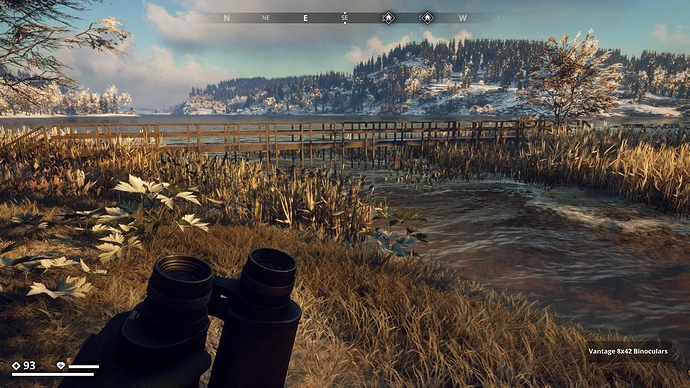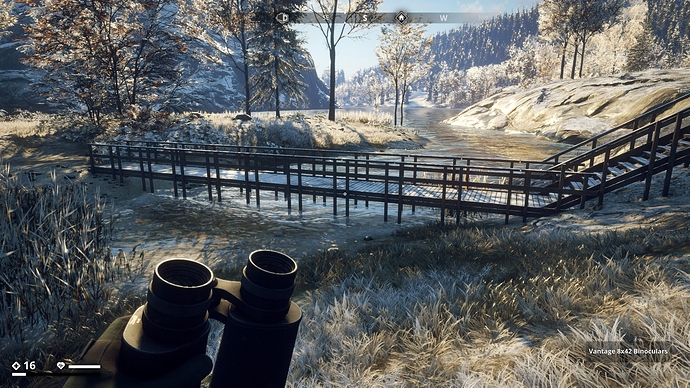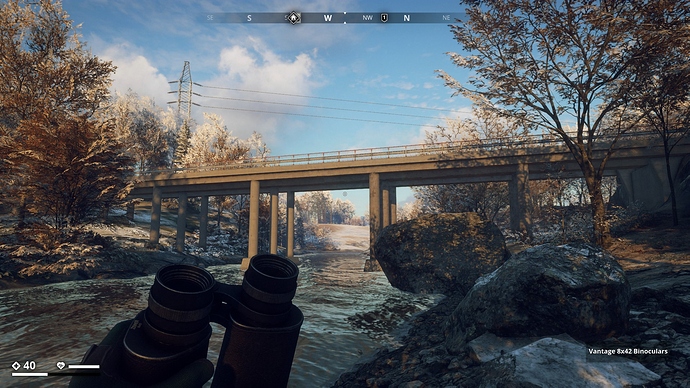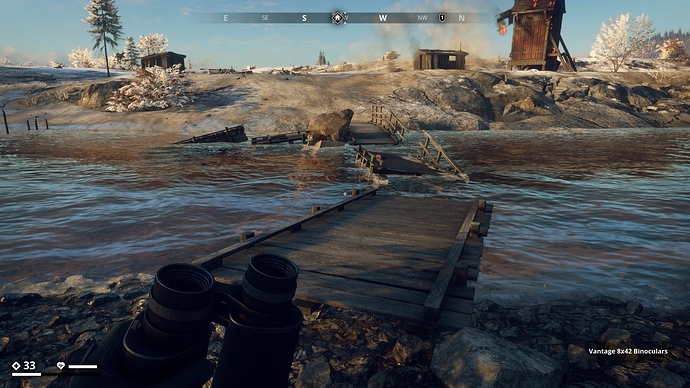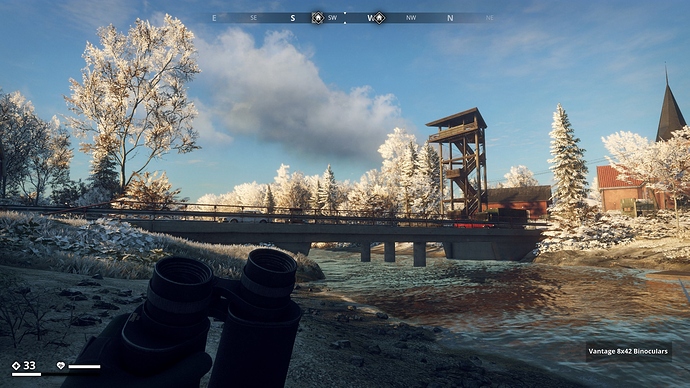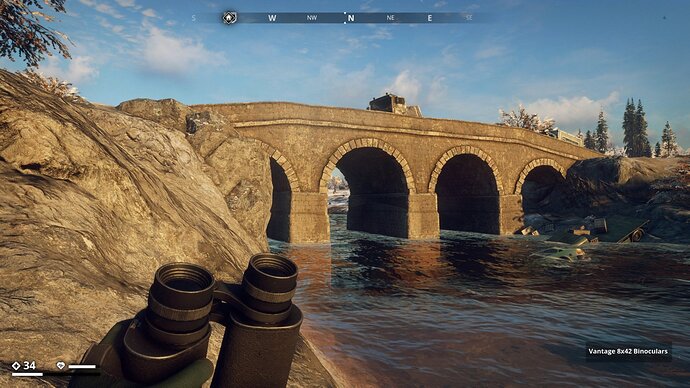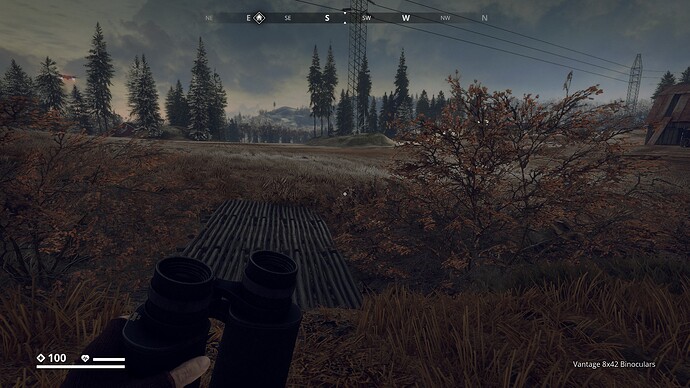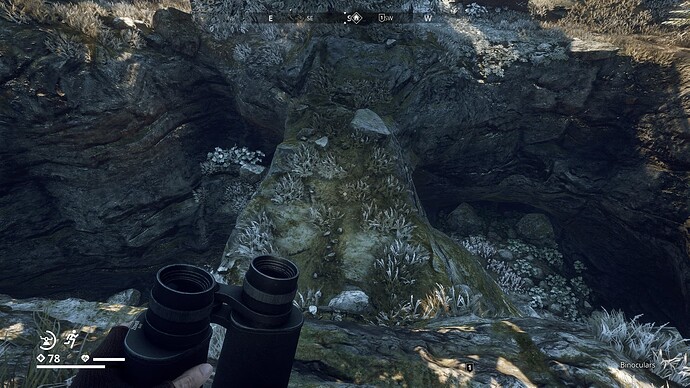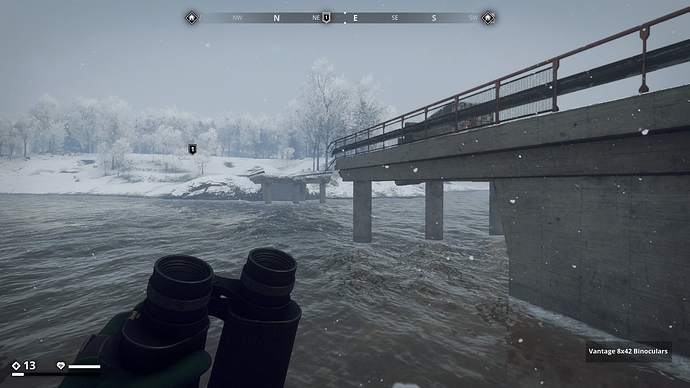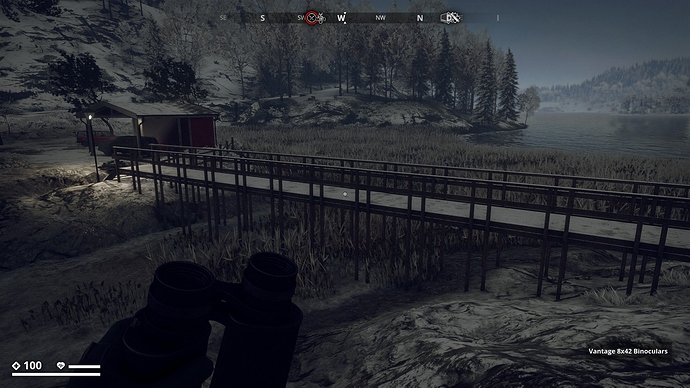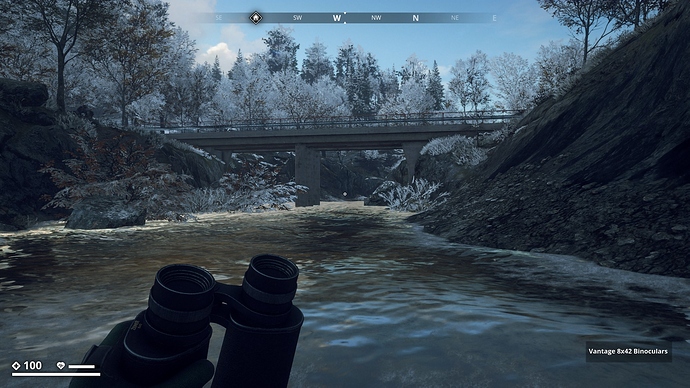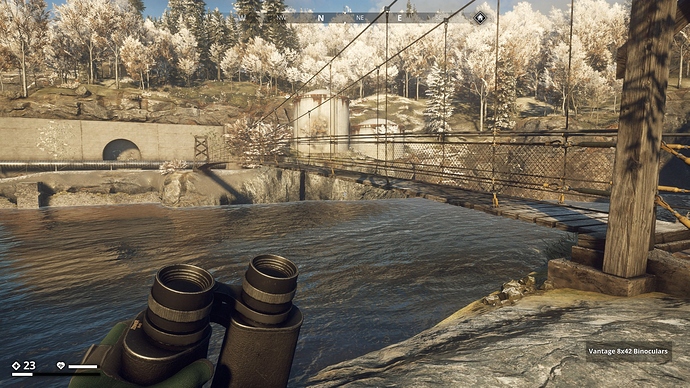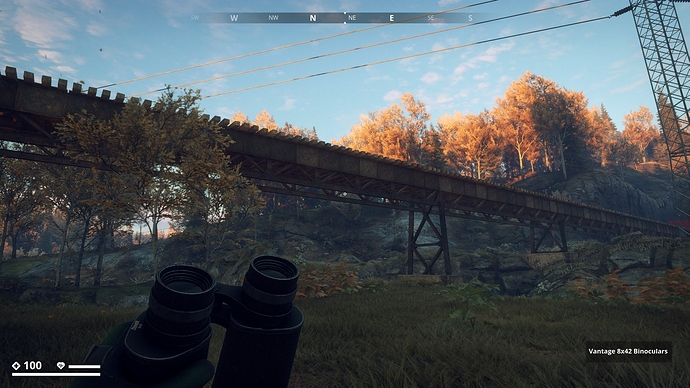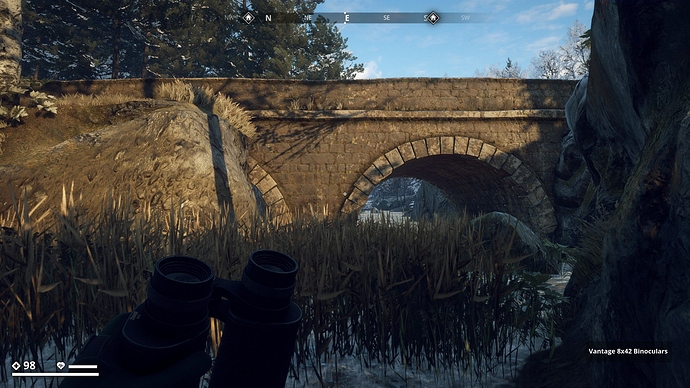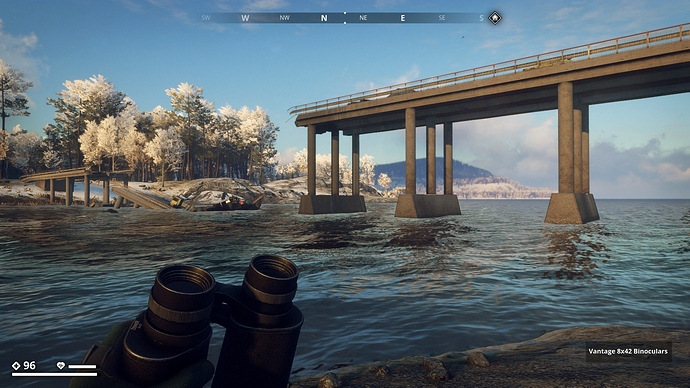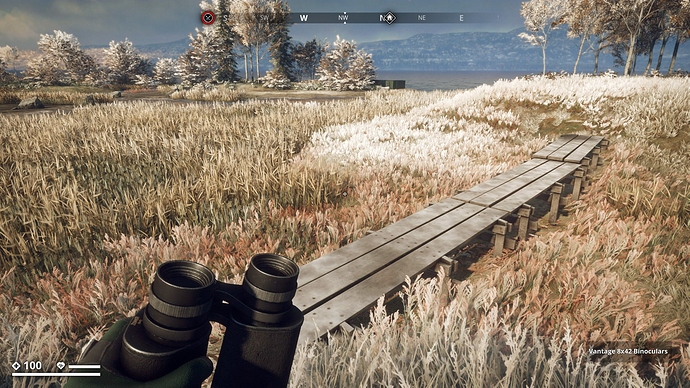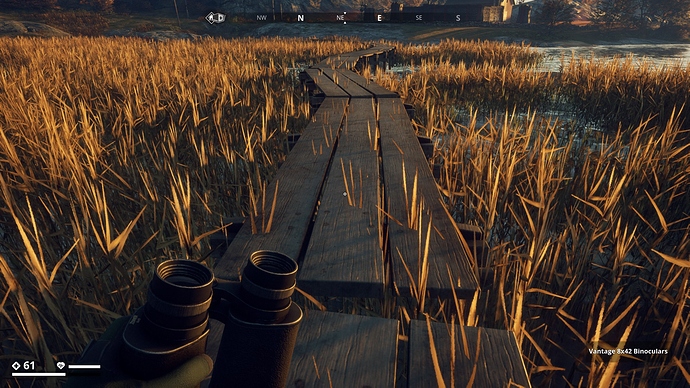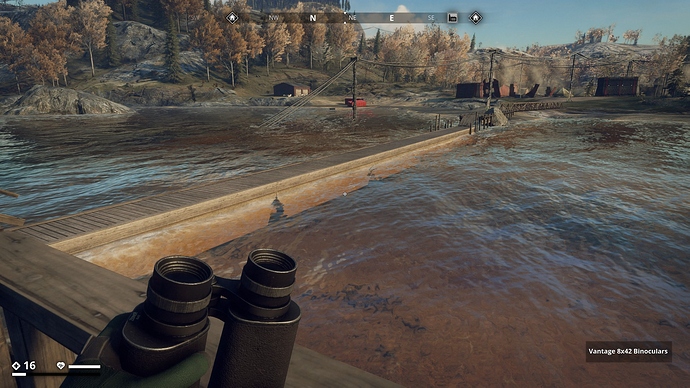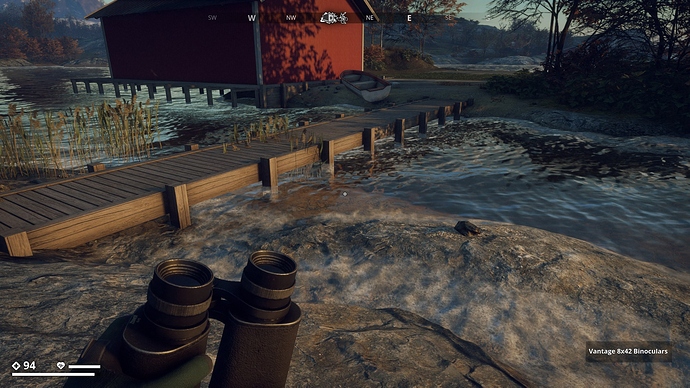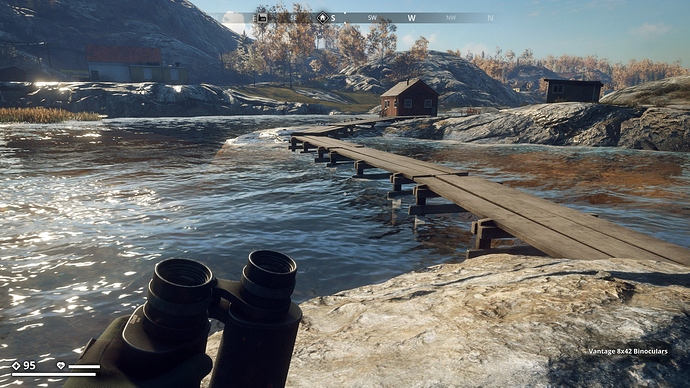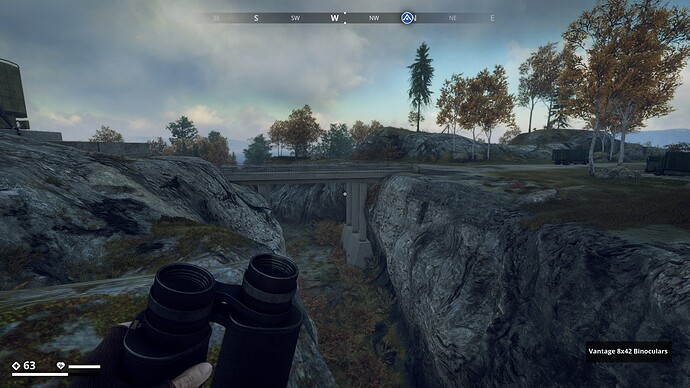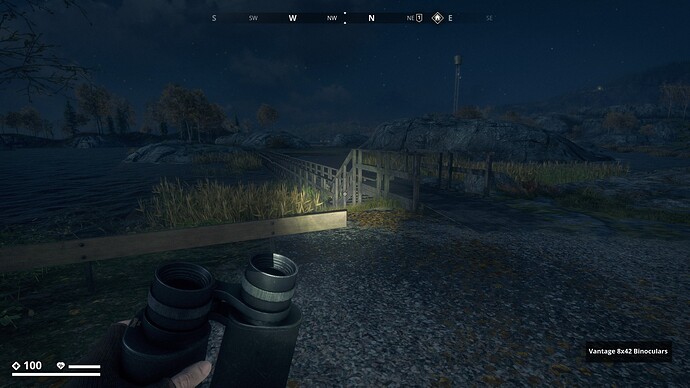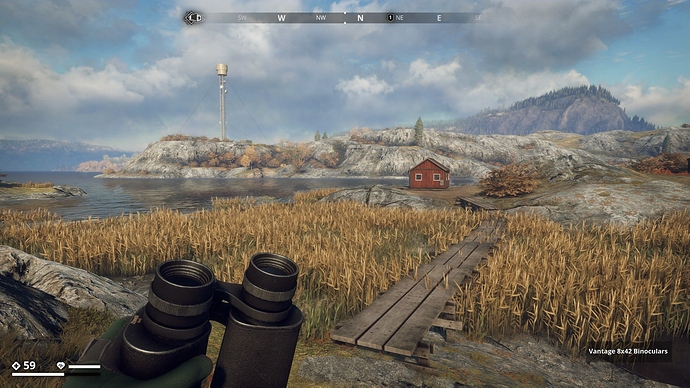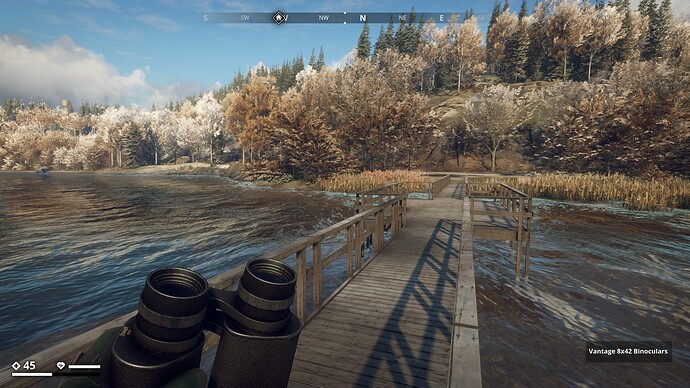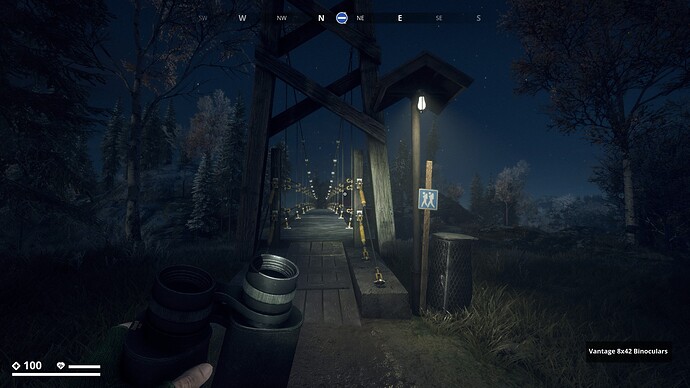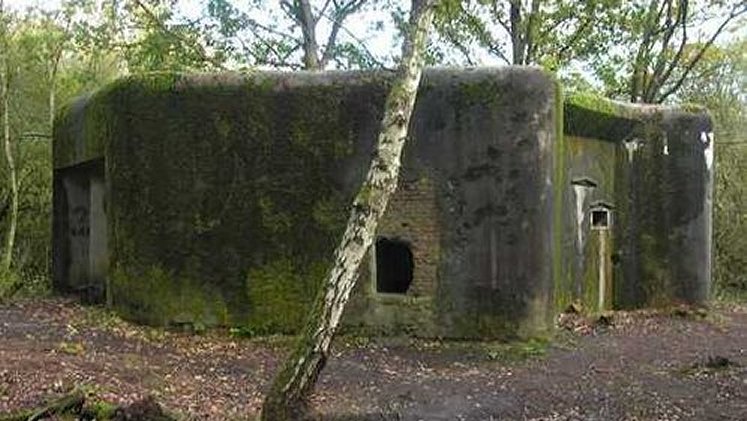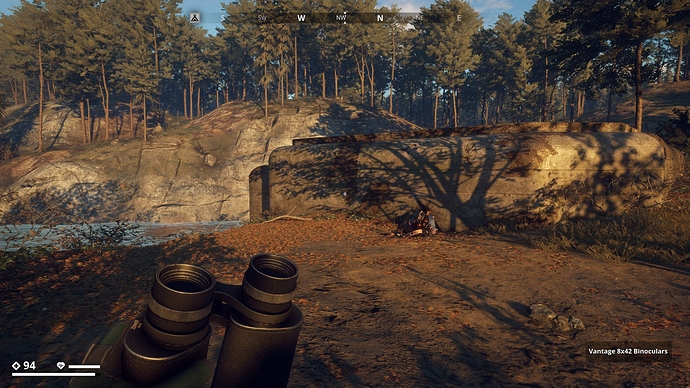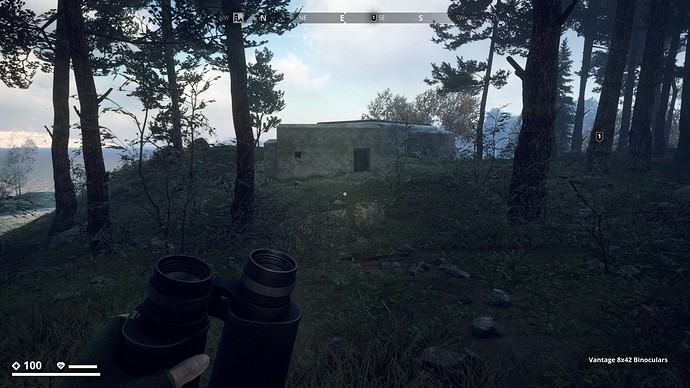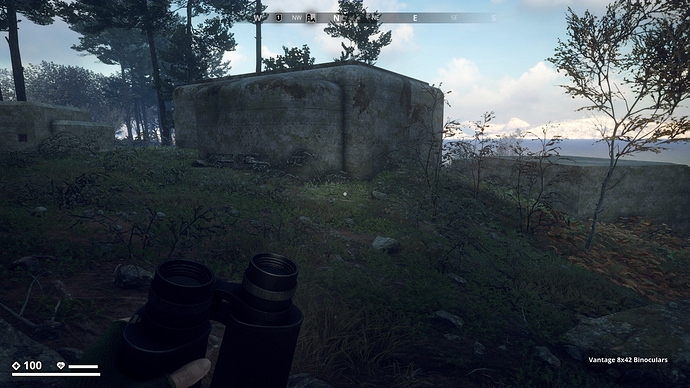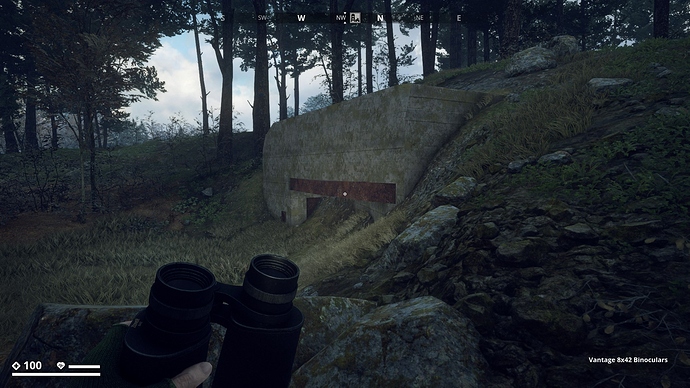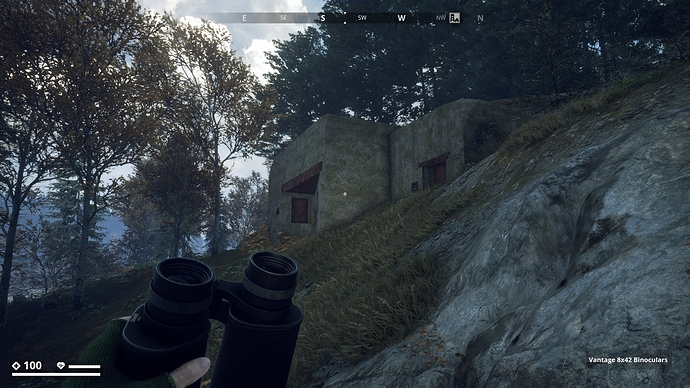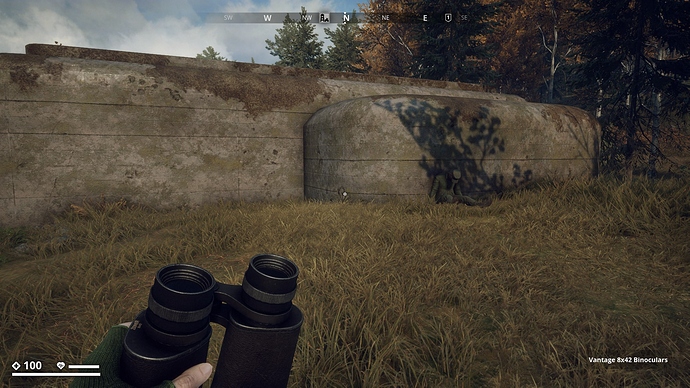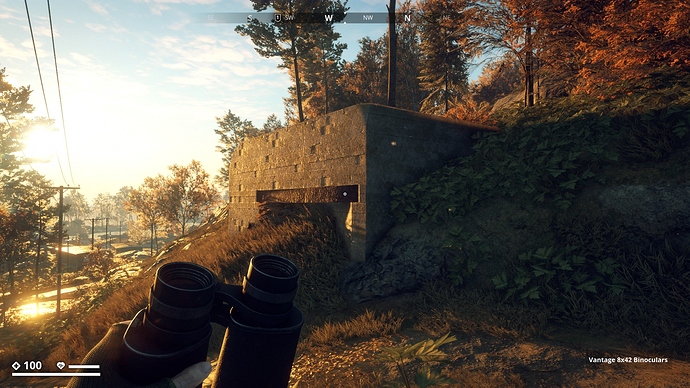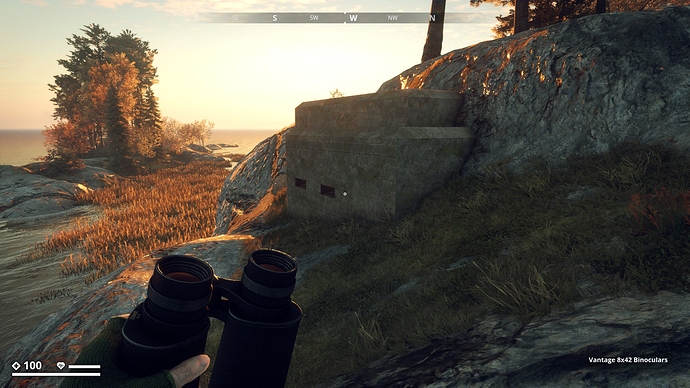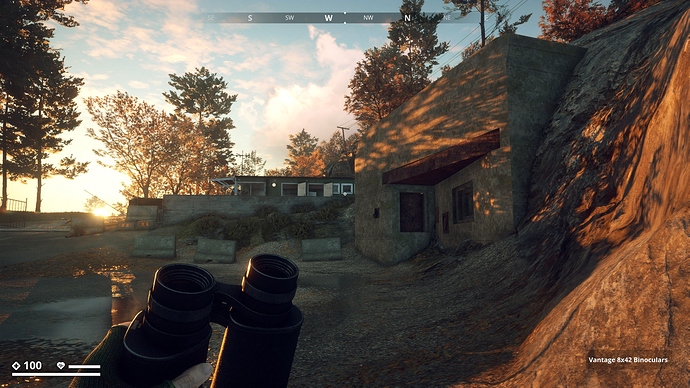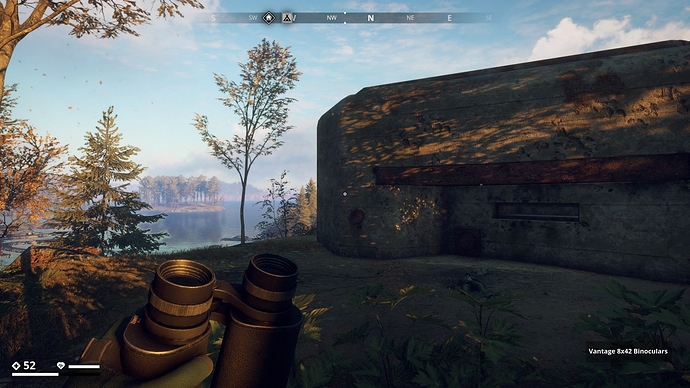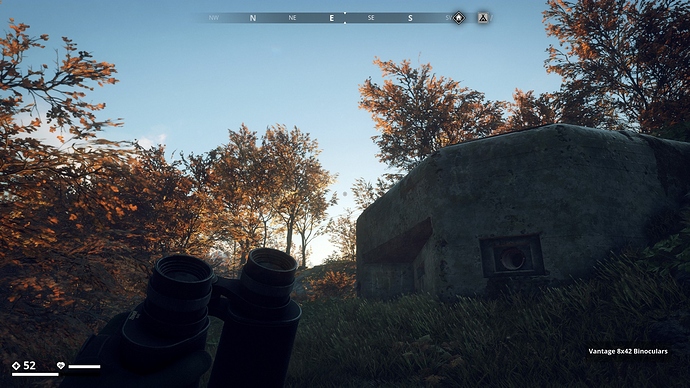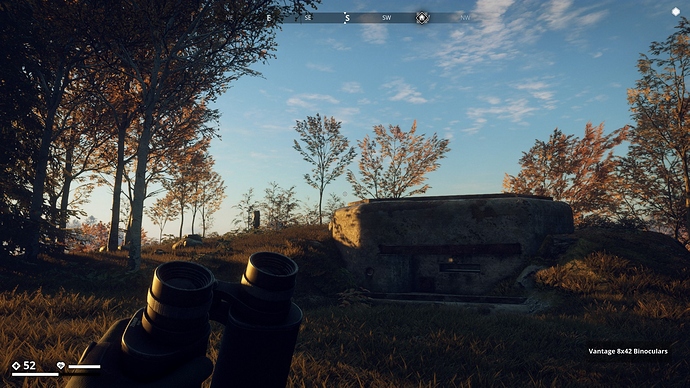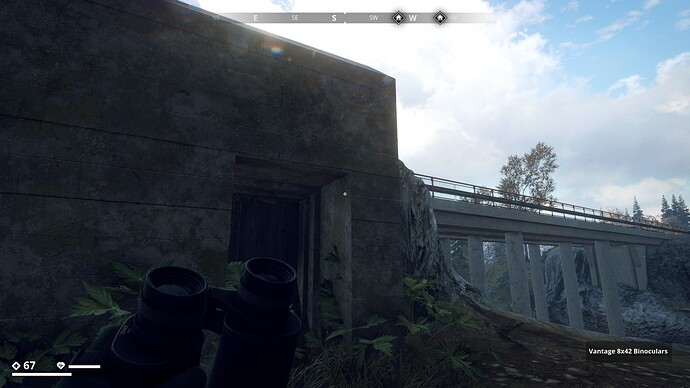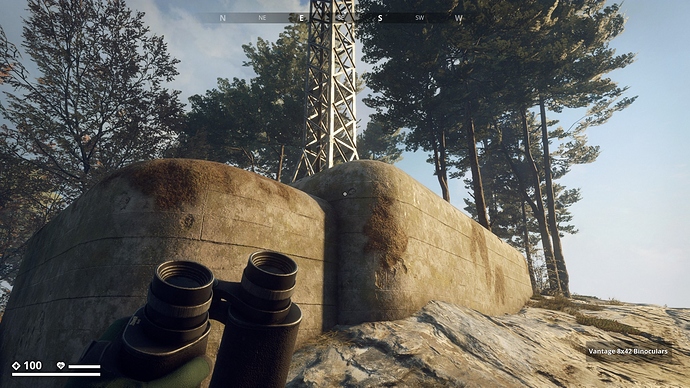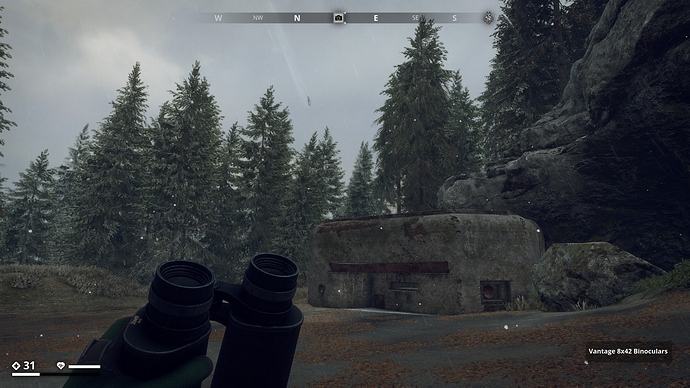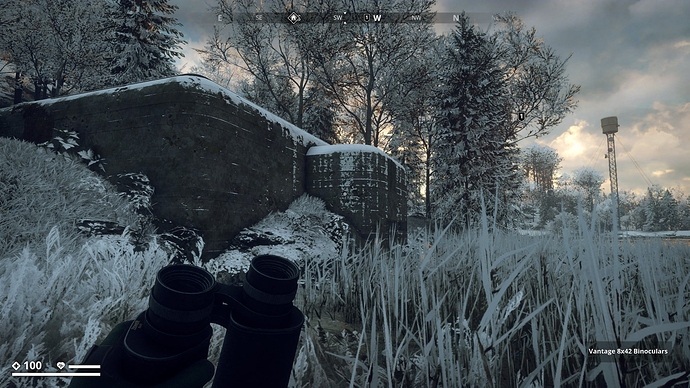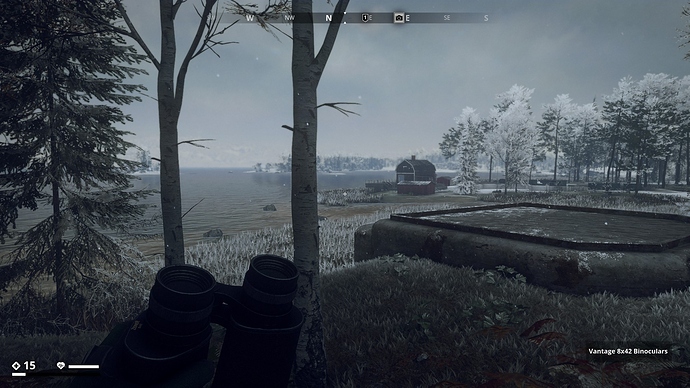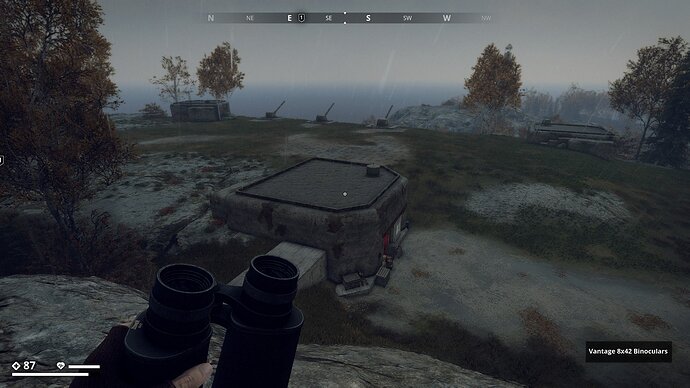
Route 6: Forntida Kultur & Ritualer - Click here
Ancient Culture and Rituals sites
![]()
Let me start of with the multitude of cairns that I saw on my run through the GZ-world, much more than I show here. Most Cairns I found are used as landmarks or marking a trail. They are basically stacked loose flat stones build into a tower.
▼
You can find them everywhere, even on a tree-covered mountain top.
▼
Here one close to the coast that has extended left and right the beginnings of a low wall.
▼
Sometimes I found some Cairns that seems only half build, or damaged over time. This one is close to the ruins of a castle, I think. It is build on a socle of stones.
▼
Near a camp on the coast I found this one with bloody hand on a soccer ball next to it.
▼
The Cairn near the mouth of a cave seems unnecessary as a marker. So maybe it’s to mark it as a save cave or as a passage or something.
▼
This cairn marked a high point and the locals have build stairs to the top preserving the Cairn in the middle. I have logged the coords of 15 cairns total not counting half built ones, but it would be boring to show them all here.
▼
This is the first cairn I found that seem to have wooden supports. Or maybe they are there for decorative reasons? I found this in the garden of a house in Haga after the Landfall update.
▼
Riksrösen
Another type of Cairns are called Riksrösen. I found three of them in GZ with a mysterious German text on them hinting towards another game. They are sort of milestones. In the real world many Riksrösen mark parts of the border between Norway and Sweden.
III Meilen bis ??
The text on the Riksrösen is not pointing towards anything in Generation Zero. Exactly the same milestone asset has also been used in another game from the Avalanche Studio “The Hunter”, with the same German text.
▼
1
2
3 Was added with the Feb’23 update, as part of the “Building Blocks” tutorial mission.
Grave Mounds
On the next picture you see two large hills and a smaller one just out of view. Gravhögar are larger burial mounds probably made to bury great kings and nobles. The stone grave chamber is buried deep in the tumulus. The bigger the tumulus the more important the people buried there. This funeral tradition was most common in Sweden during the ‘Vendel period’ around 550–800 AD.
▼
The “Högarna of Torun” on the next picture are much smaller hills and there are six of them. One in the middle surrounded by five other hills. I assume that they are also graves.
▼
Stone Circles
Stone circles, I love them. So far I found ten locations with stone circles or stone ships. Although many theories have been proposed to explain the use of Stone circles, it’s most likely related to providing a setting for ceremony or ritual. Here are a few pics.
▼
Here are a few more pics.
▼
▼
▼
Stone ships
The stone ship in Swedish “Skeppssättning” is a variation on a stone circle with the oval shape of a ship. These boat graves probably developed out of a desire to equip the dead with everything they had in life, but also that it was particularly associated with the voyage to Helheim.
▼
Labyrinths
This Ancient (Celtic?) spiral Labyrinth can be found outside Hagaboda wall (south gate). This Spiral Labyrinth has seven rings. Seven is a sacred number. Upon entering the Labyrinth, you’ll walk counterclockwise also known as moon-wise, to be uplifted and enriched.
▼
Runestones
Then finally the so much talked about Runestones. I logged three runestones before landfall, each of which has the same inscription. Gamers have tried to translate this and the most perfect idiomatic Swedish sentence was: “den dag skall komma då Smmasmå smedens ilska ger liv åt metallen” (‘The day will come when Smmasmå the blackmith’s wrath/anger gives life to the metal’).
Runestones are typically raised stones with a runic inscription, but the term can also be applied to inscriptions on boulders and on bedrock. The tradition began in the 4th century and lasted into the 12th century, but most of the runestones date from the late Viking Age (793–1066 AD).
I have found so far ten runestones in the game, are there more, maybe? I haven’t found them yet though.
There are three on Himfjäll.
One behind the Hotel maze.
▼
One at Gudlögs Stenar.
▼
One at Torunshögarna.
▼
I also found five runestones on Archipelago.
One I found on the side of the road north-west of Björkvik farm.
▼
One in Salthamn on the road where the military tank is.
▼
One I found on the road between Iboholmen church and Yttervik safehouse. (New Dawn)
▼
One I found on a hike-trail near the top of Björknäskogen Mountain. (New Dawn)
▼
One I found on the grounds of Saltholmen Church. (Feb '23 update)
▼
I also found two runestones close together in the South Coast Region.
This one I found on a tiny hill at Runby Park. (Recon update)
▼
This one I found on a opposite tiny hill at Runby Park. (Recon update)
▼
Maypoles
A Maypole is a tall wooden pole erected as a part of various European folk festivals, around which a maypole dance often takes place.
The festivals may occur on Midsummer (June 20-26) or Pentecost (Whitsun), although in some countries it is instead erected at Midsummer. In some cases the maypole is a permanent feature that is only utilised during the festival, although in other cases it is erected specifically for the purpose before being taken down again.
So far there are 5 locations that have a Maypole.
One at the Ljuset Commune site.
▼
One in Hagaboda
▼
One west of Haga close to Balders Vall (landfall)
▼
One at Sundby Camping south-west of Sundgård (landfall).
▼
One at Joängen control point in Farmlands (New Dawn).
▼
